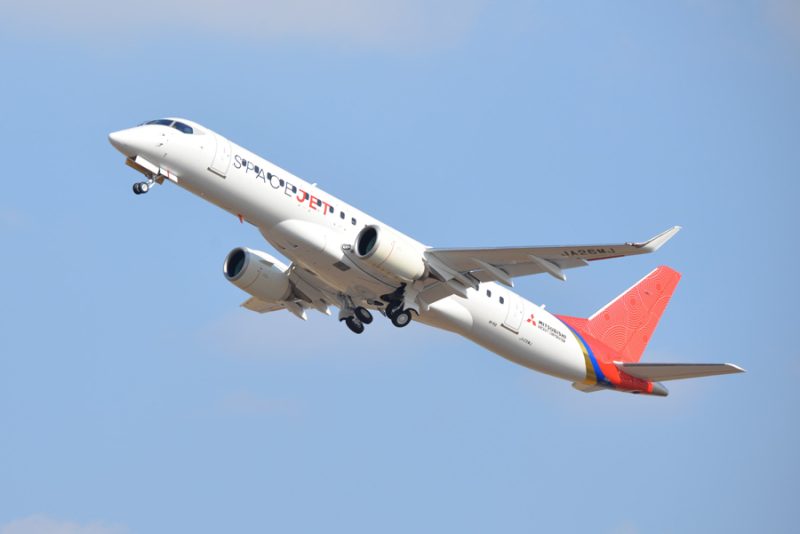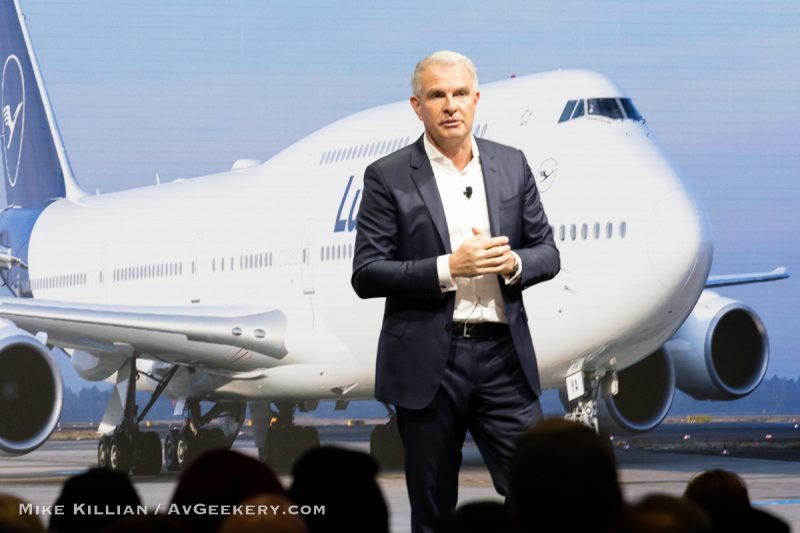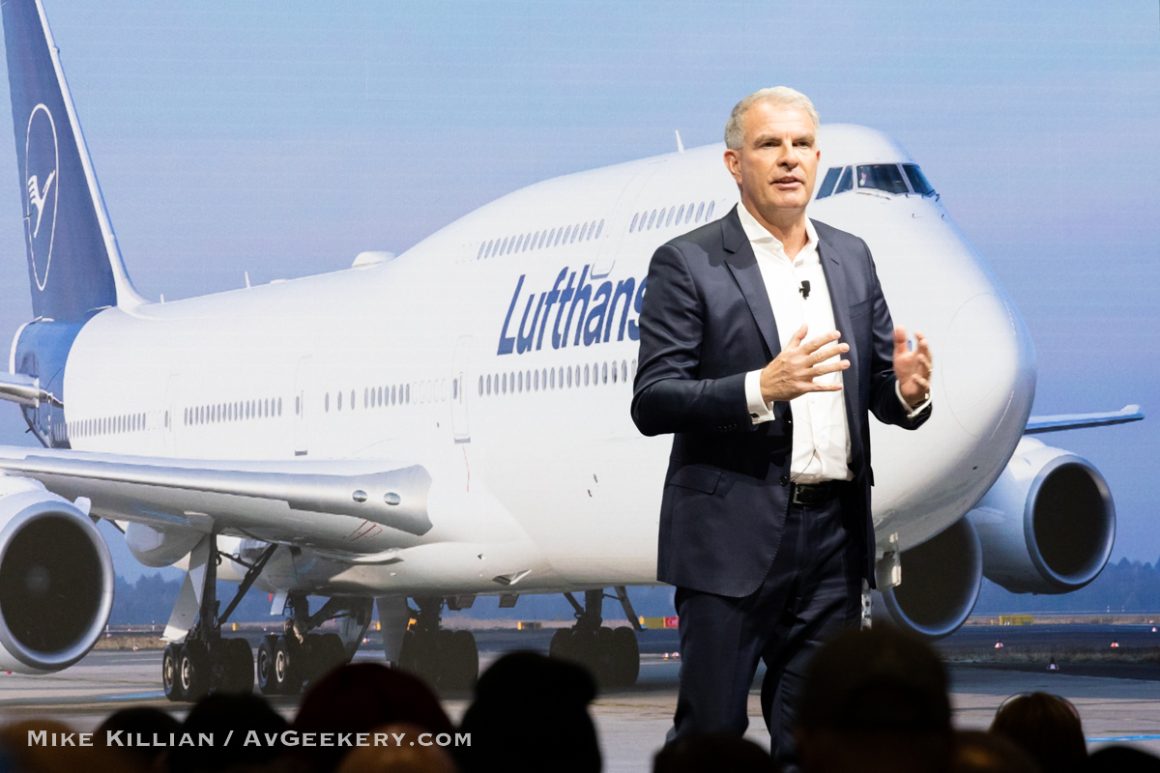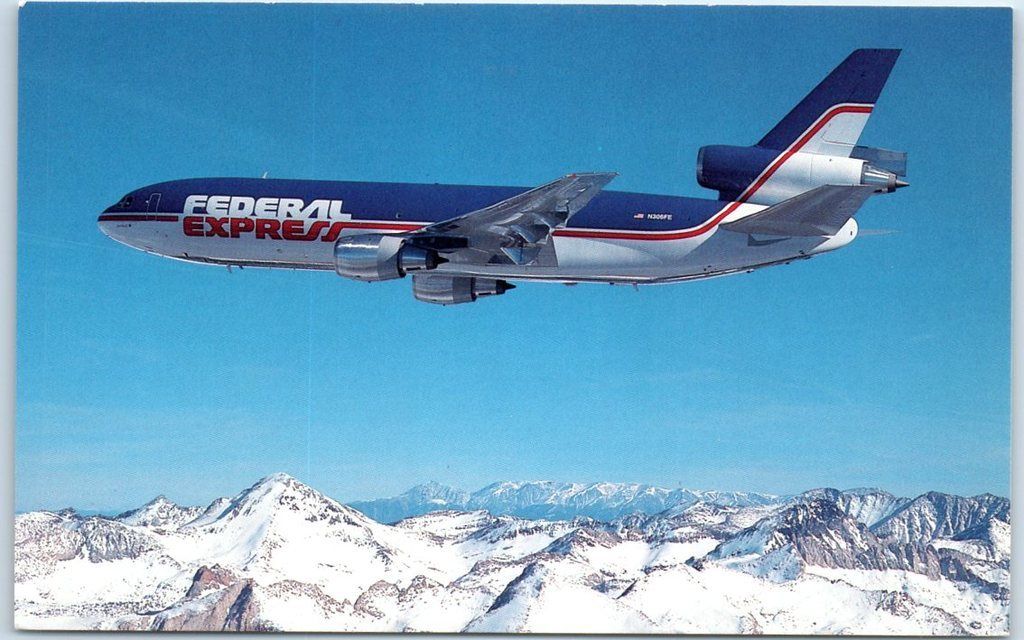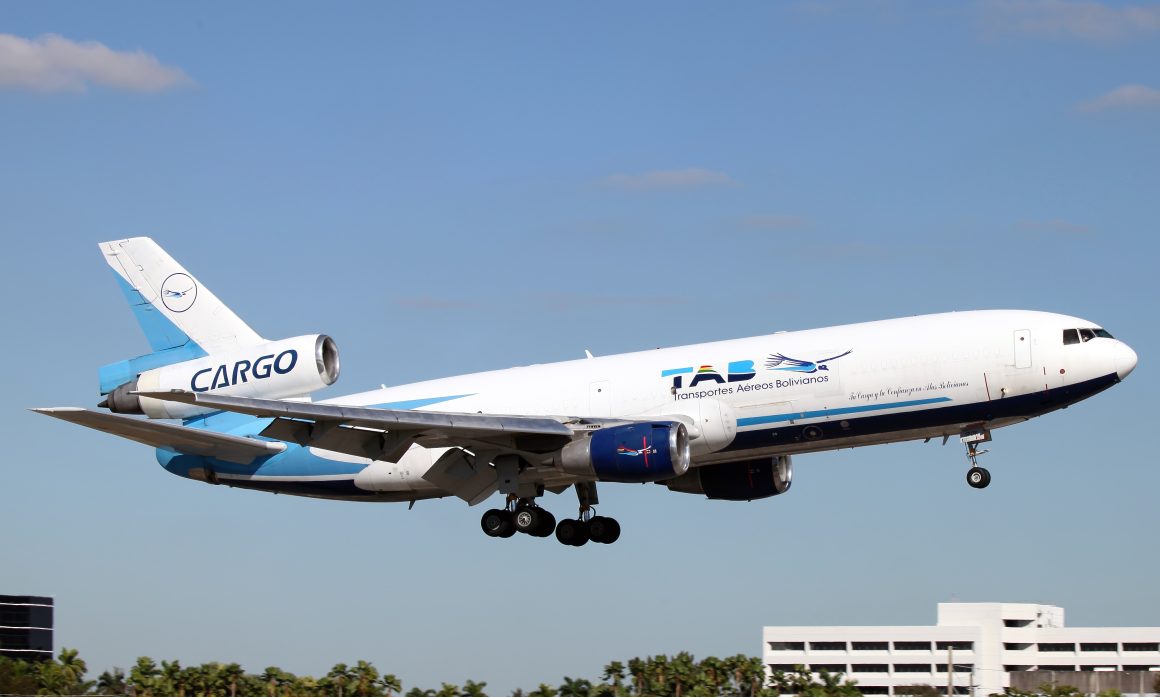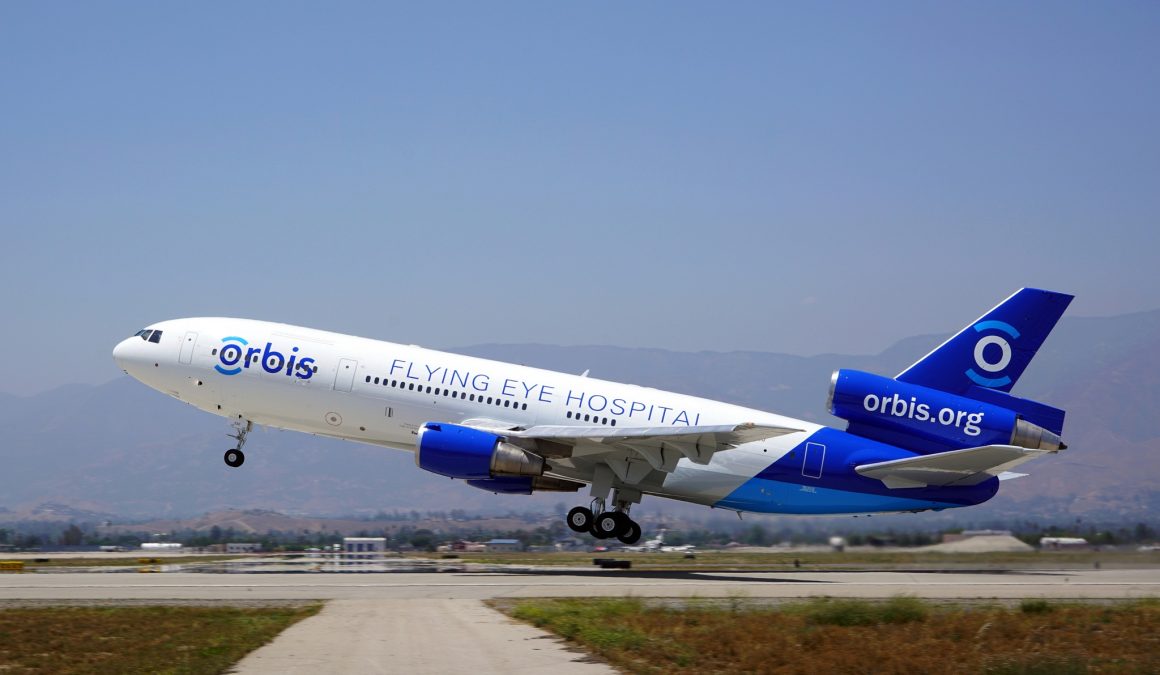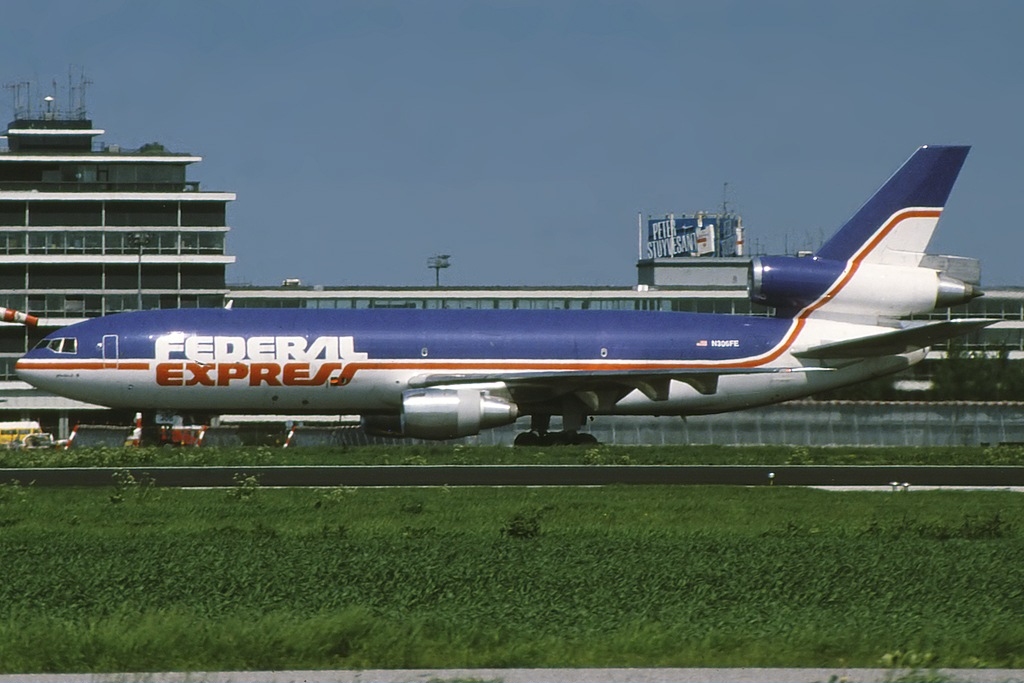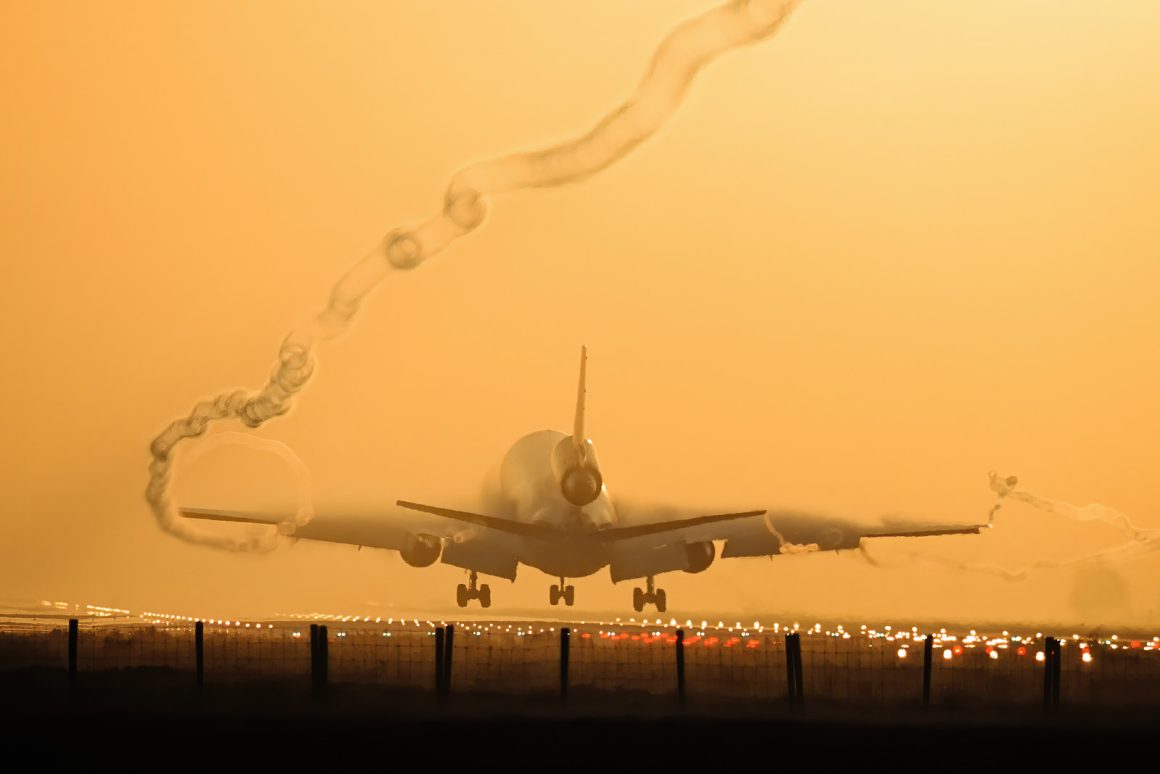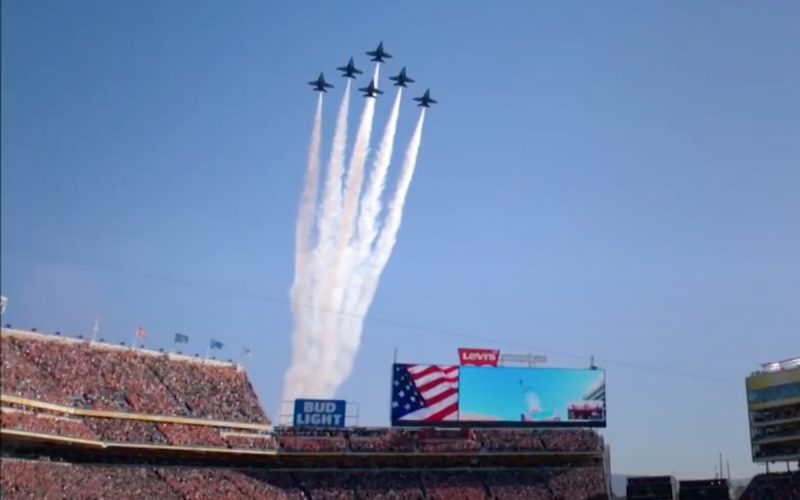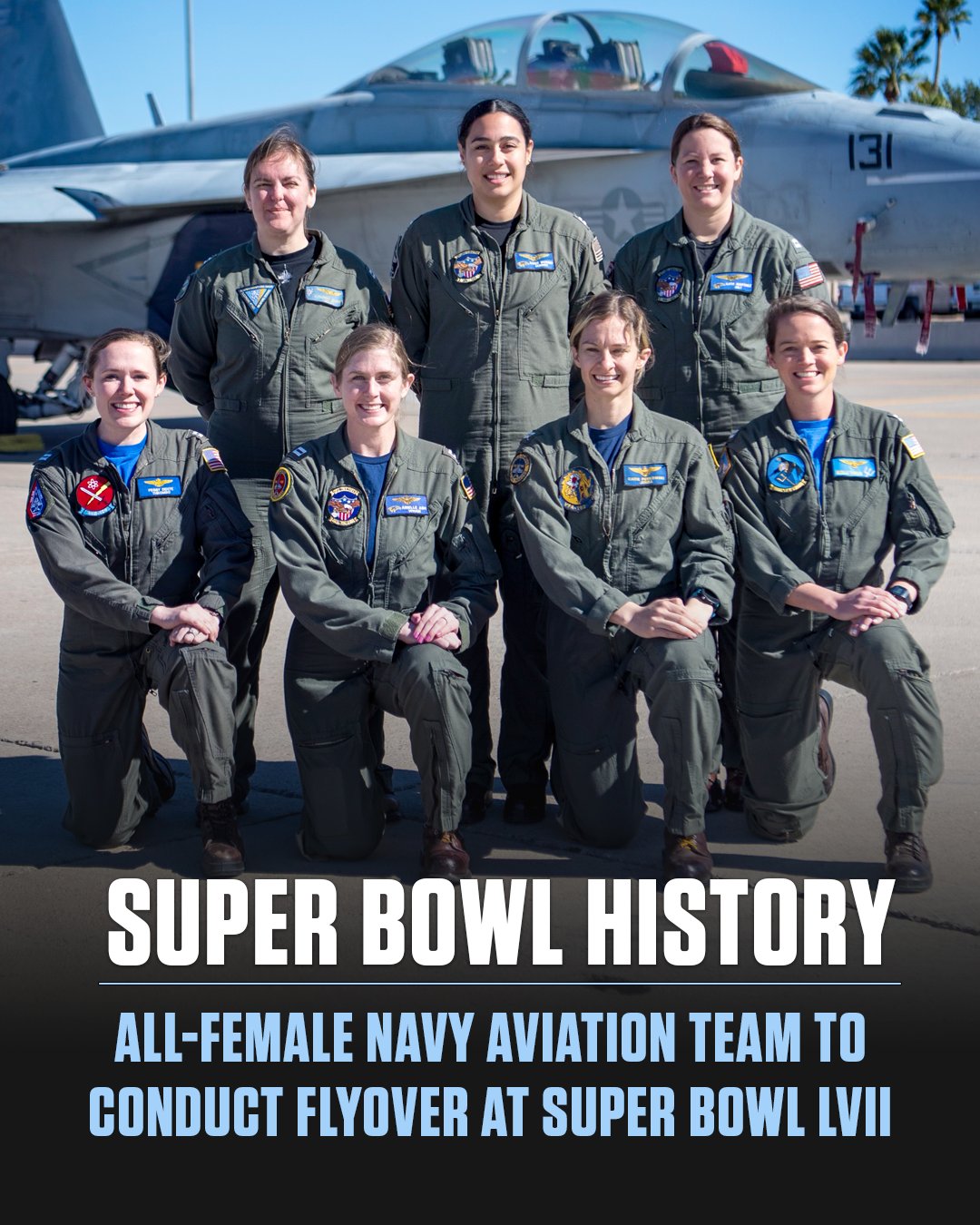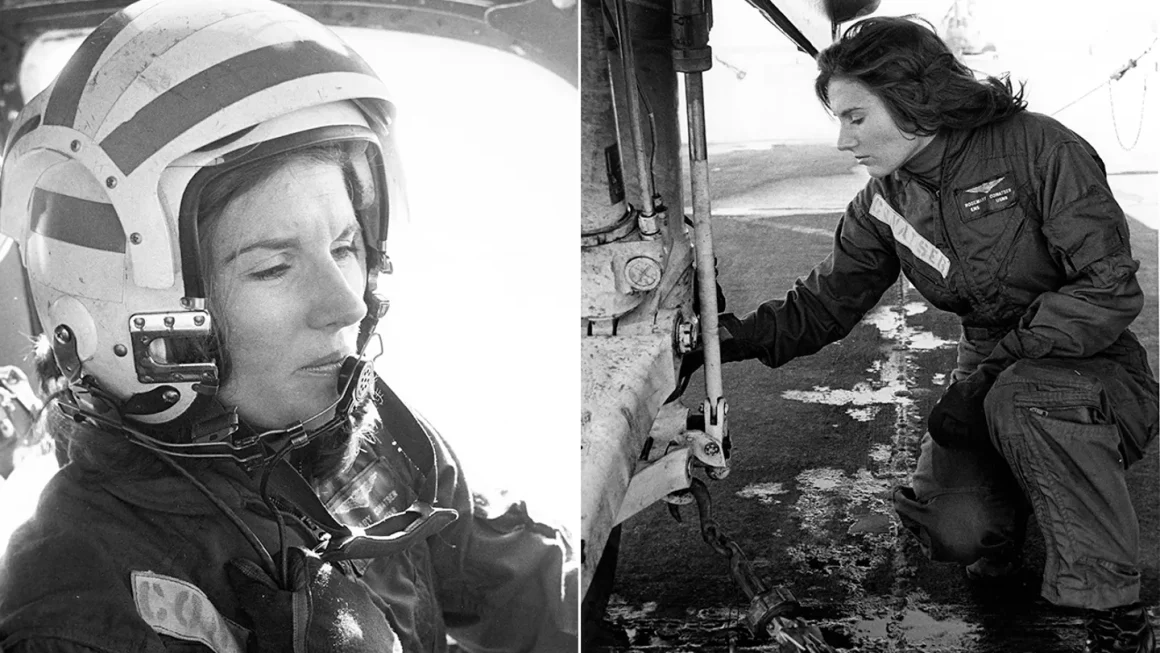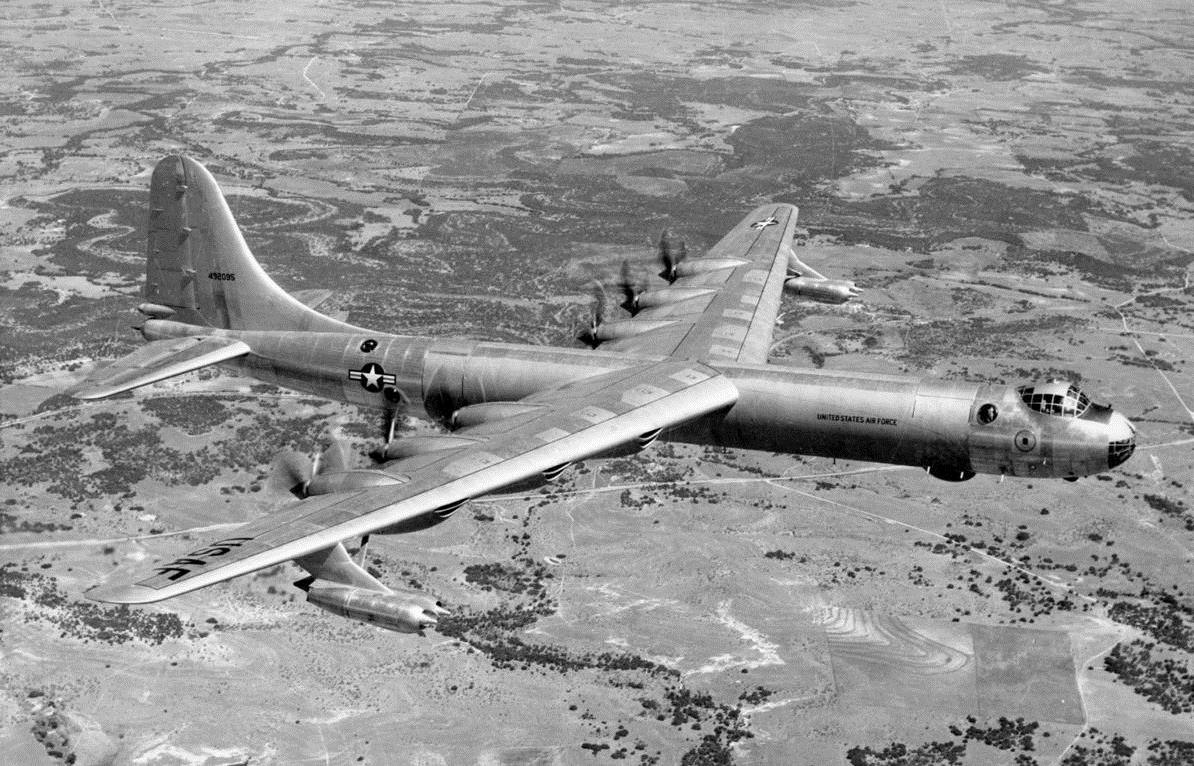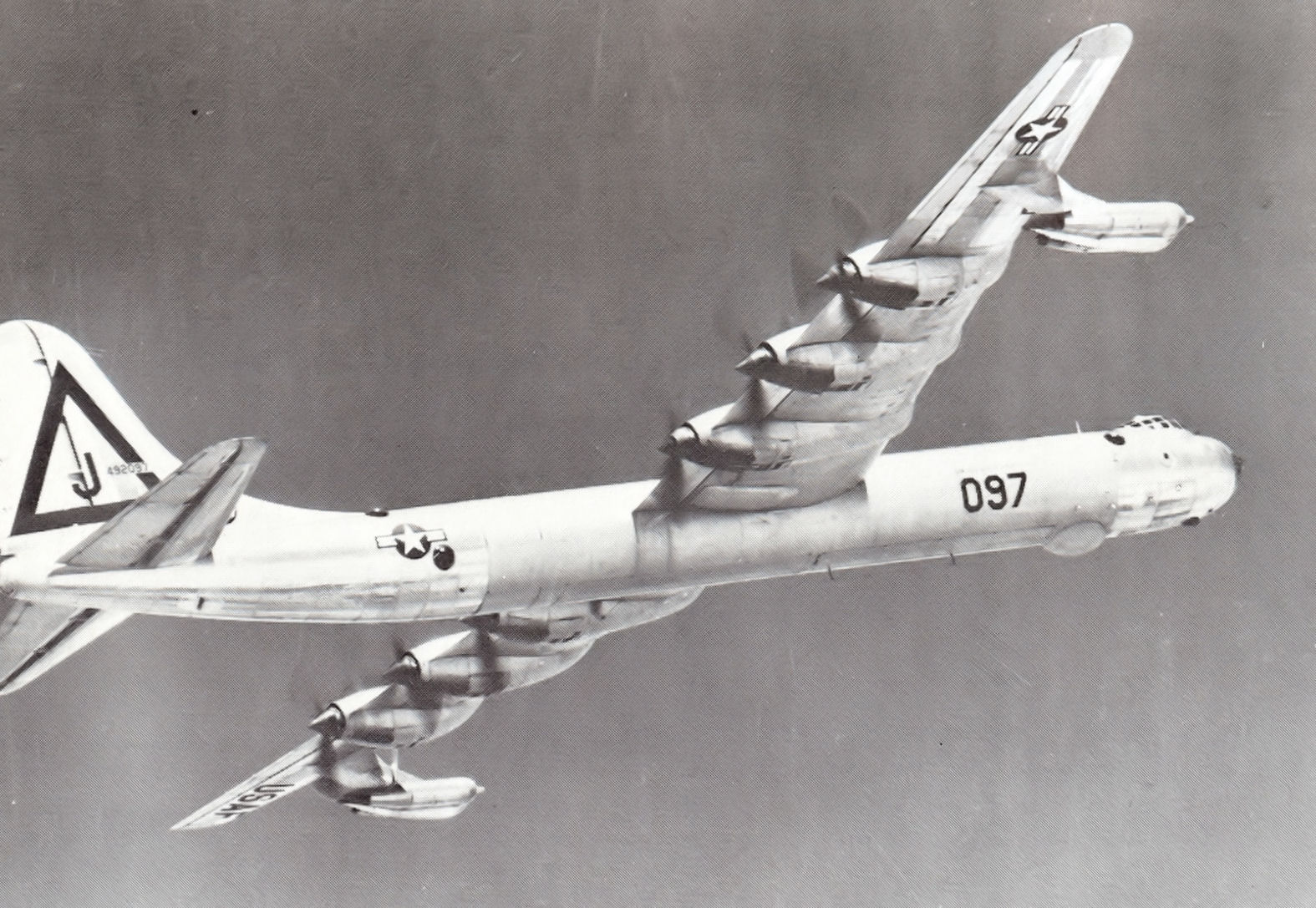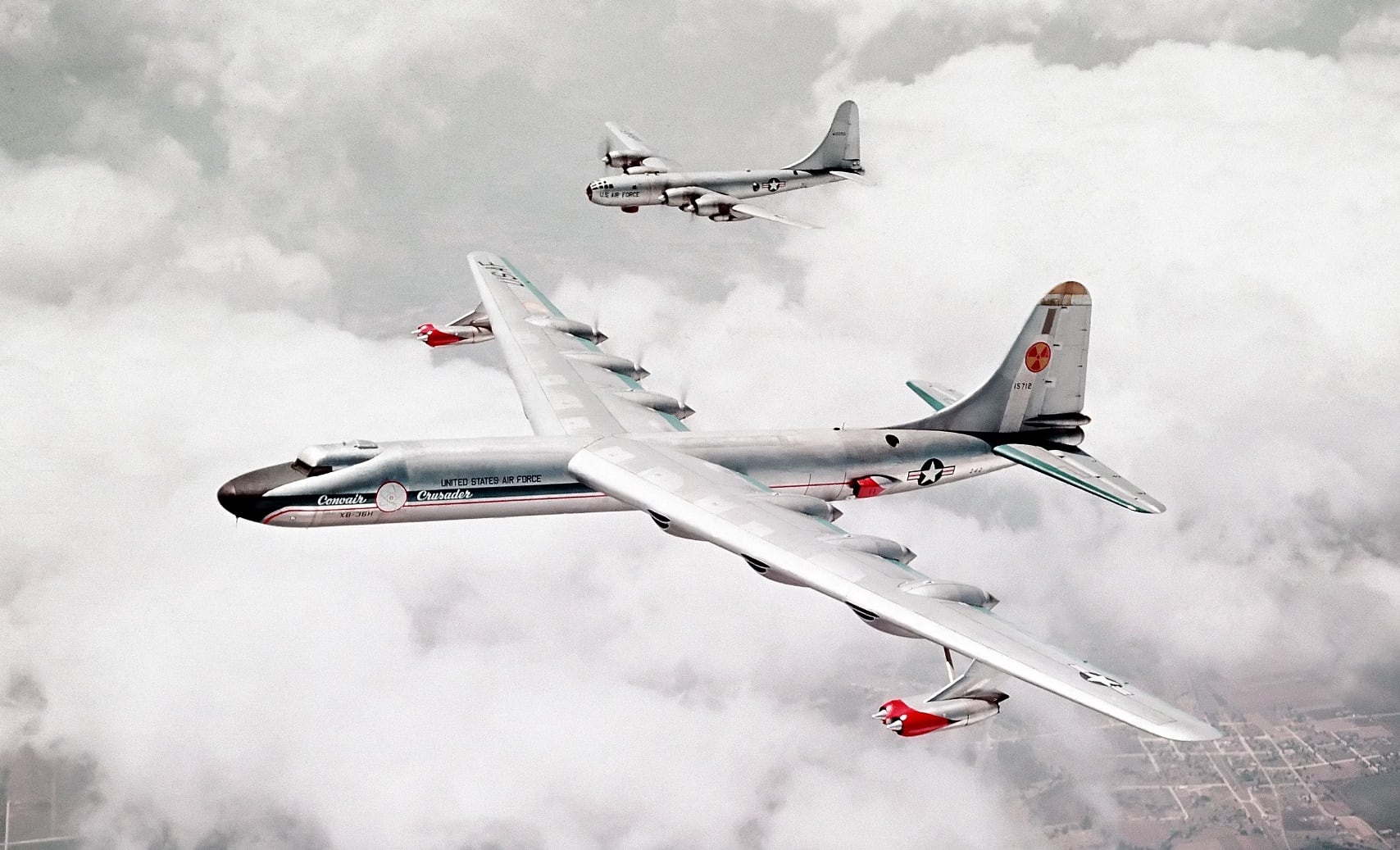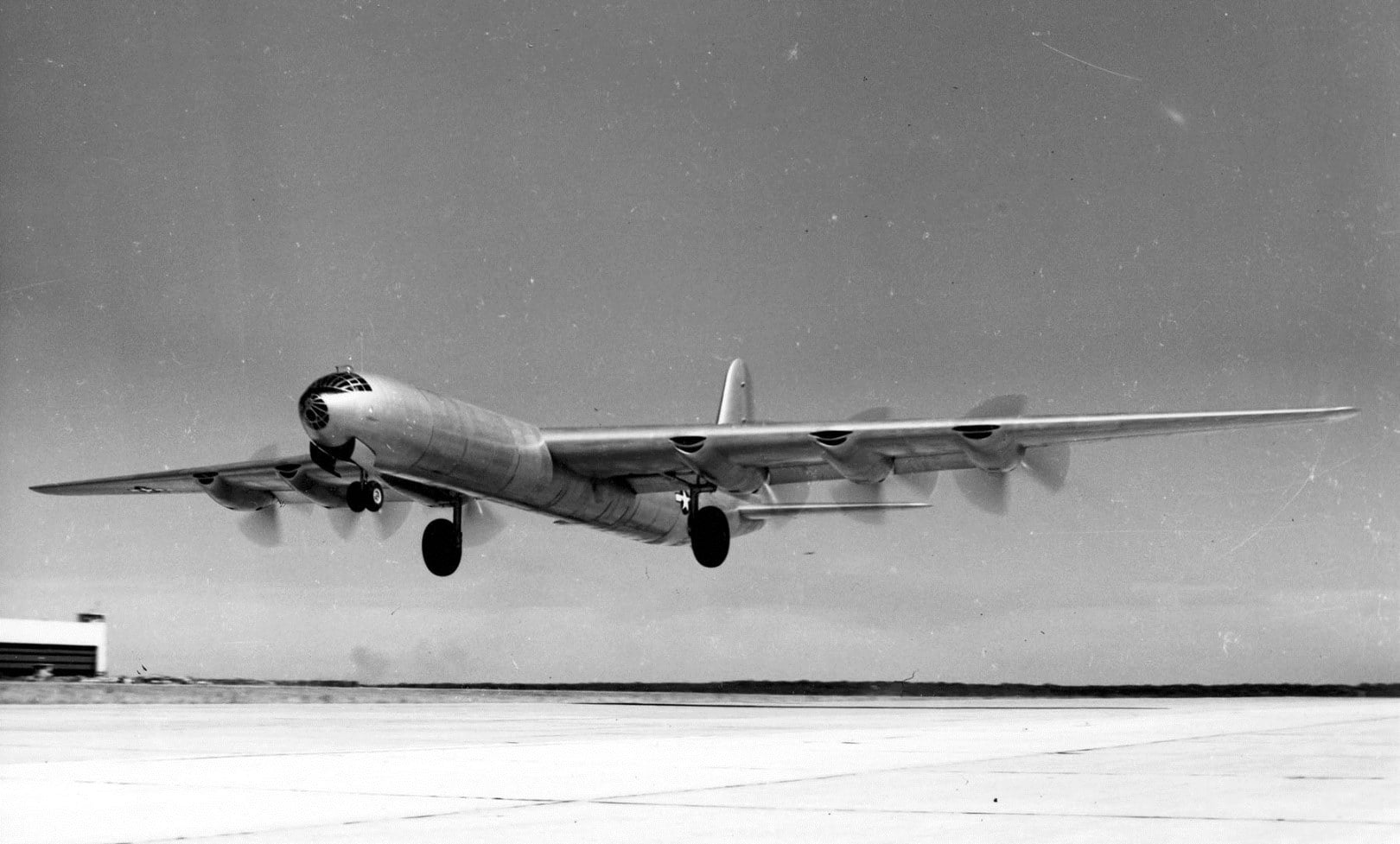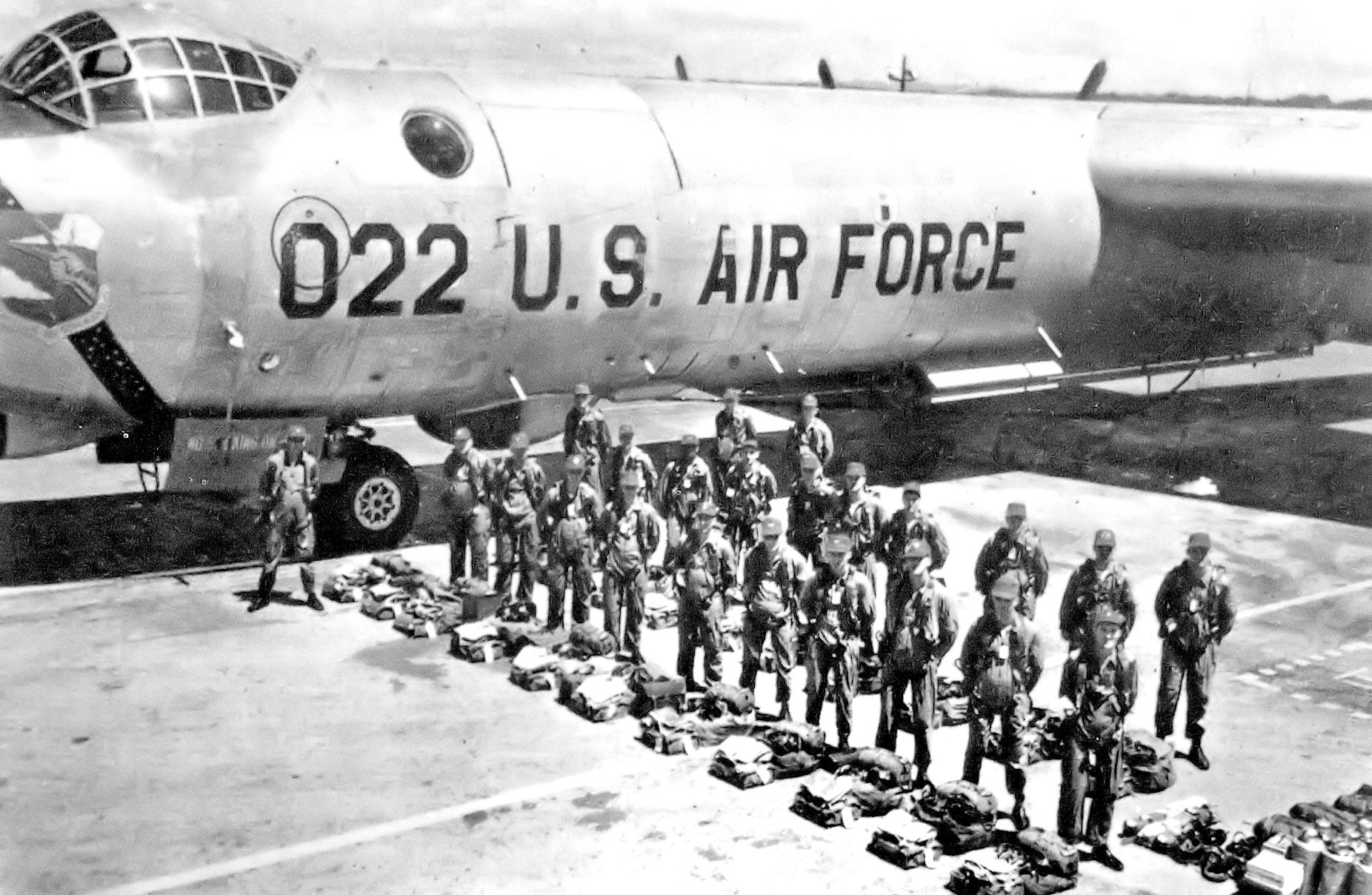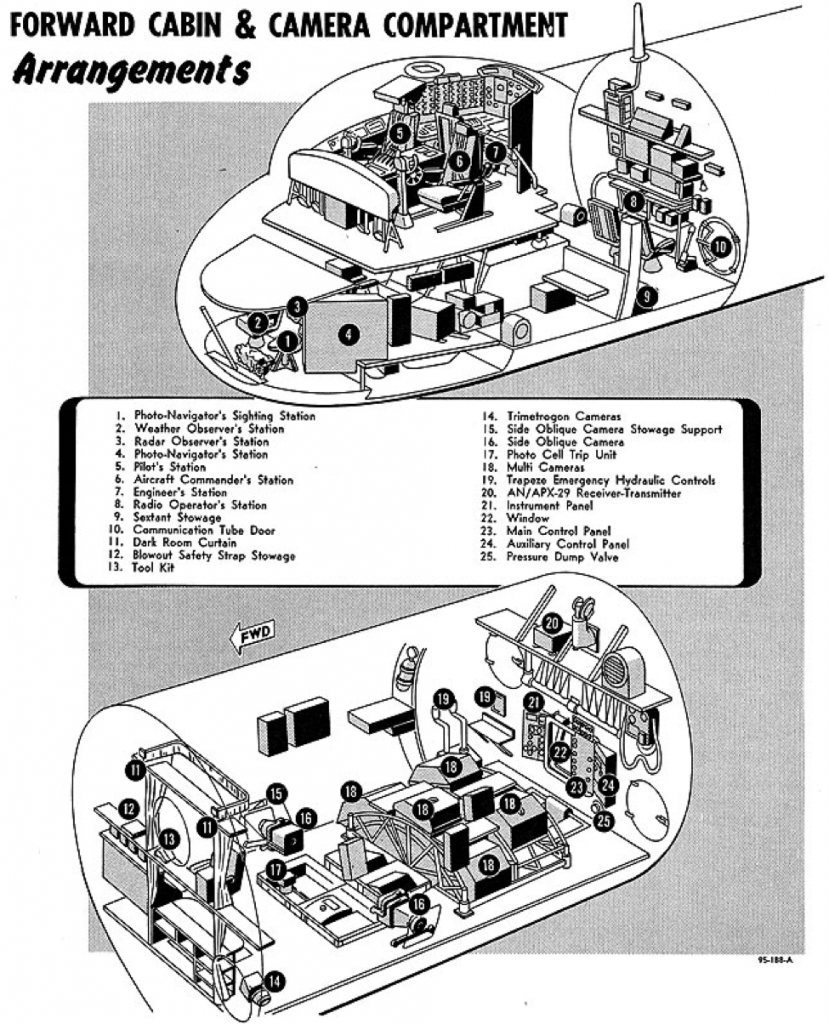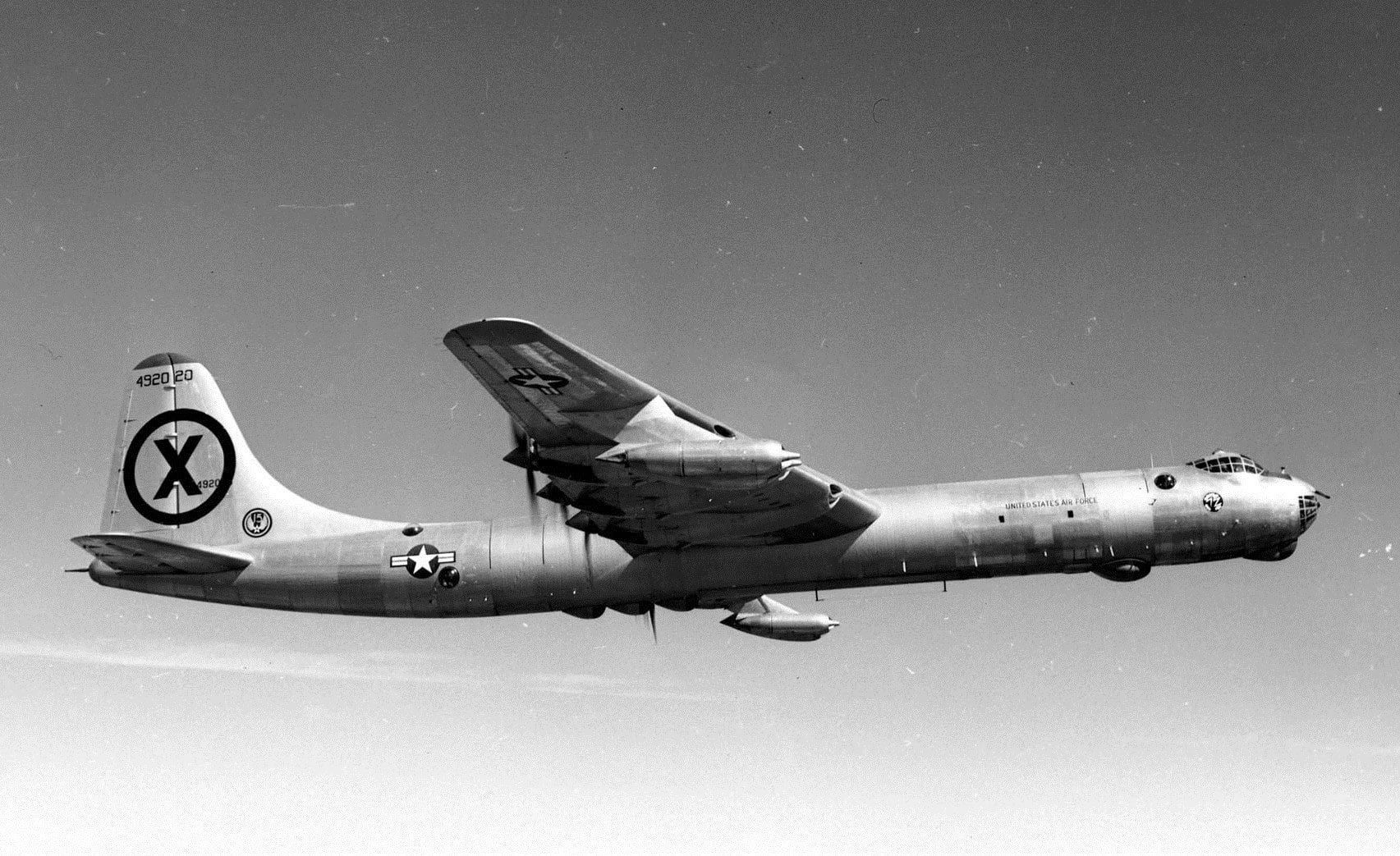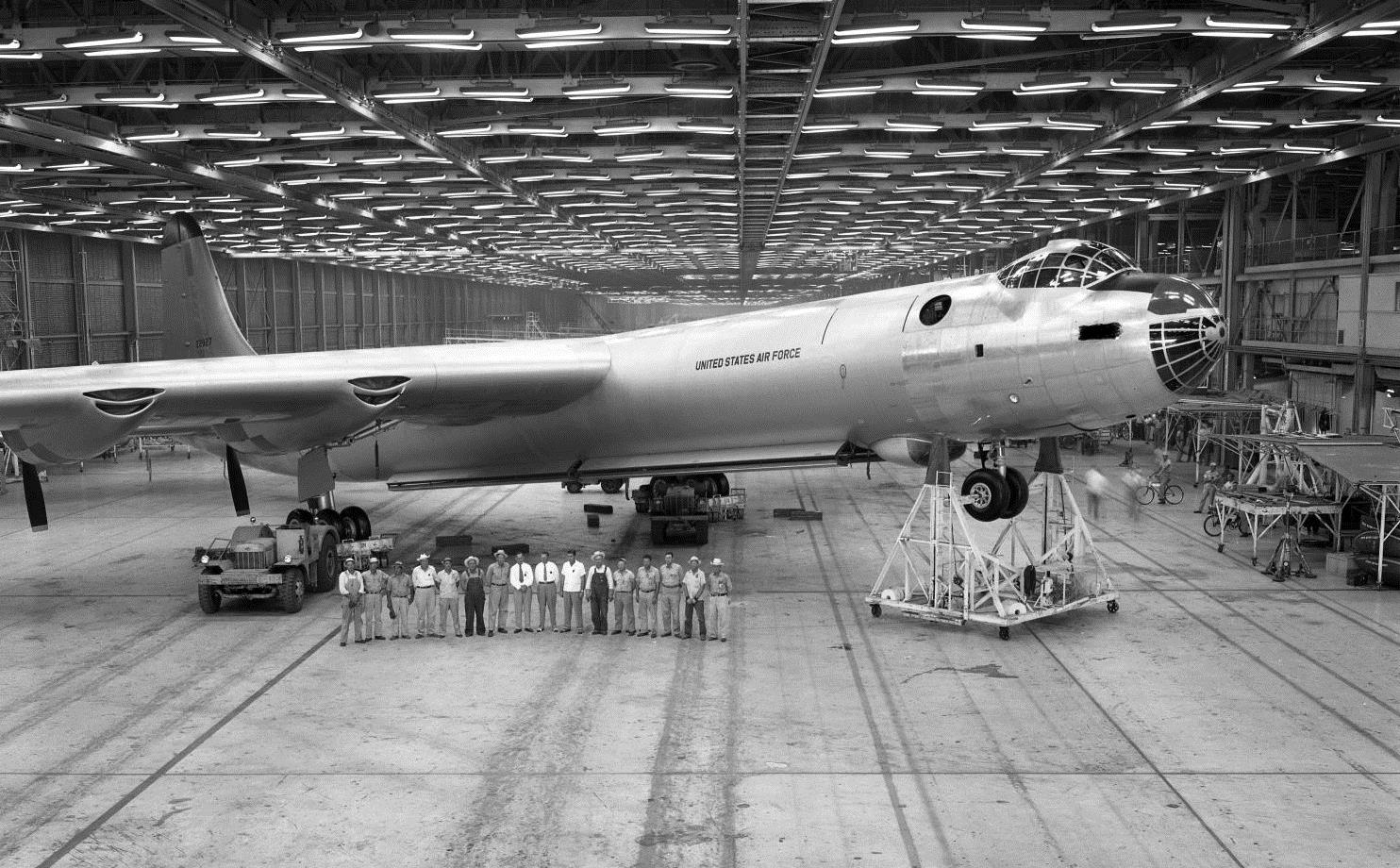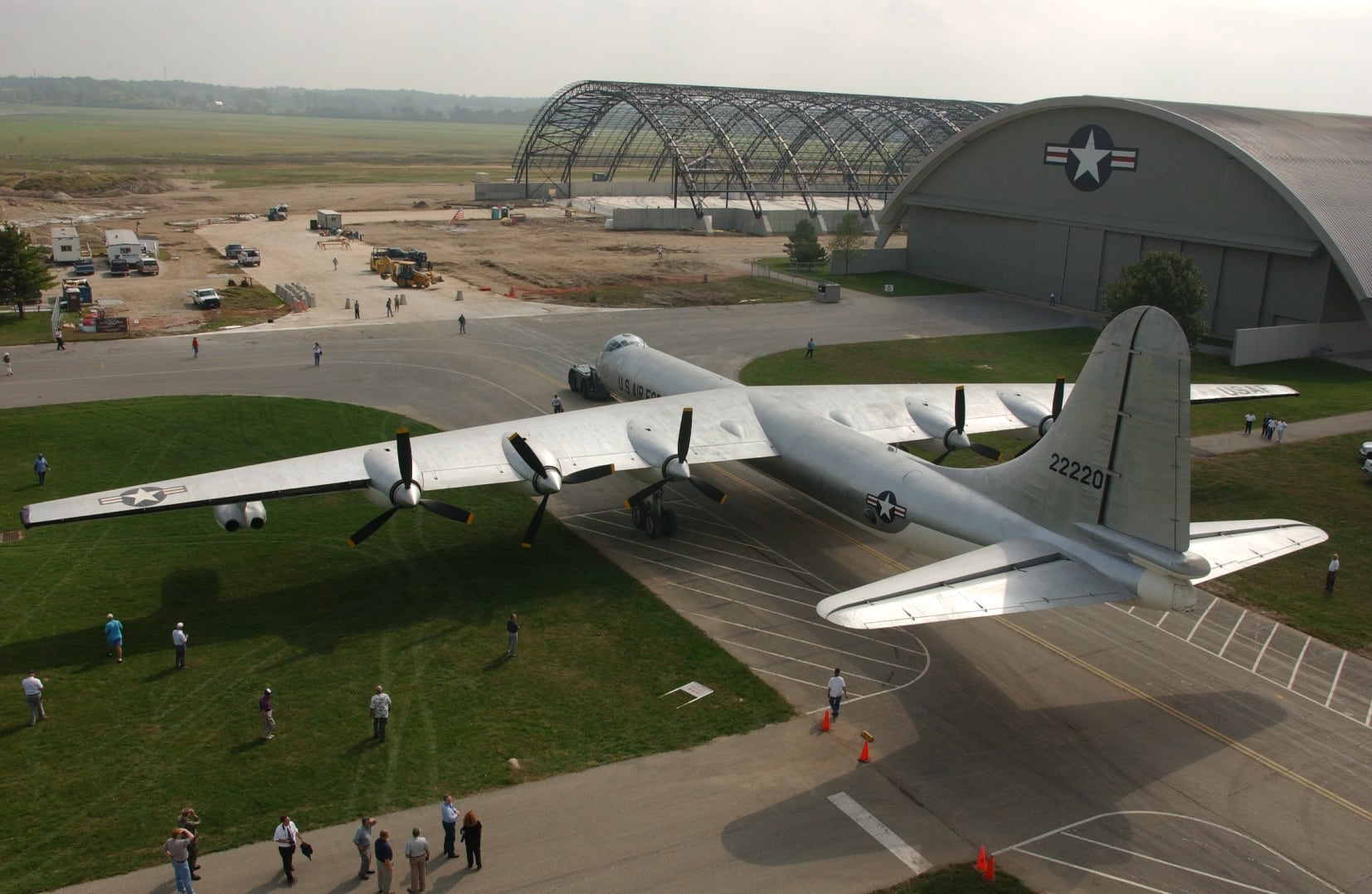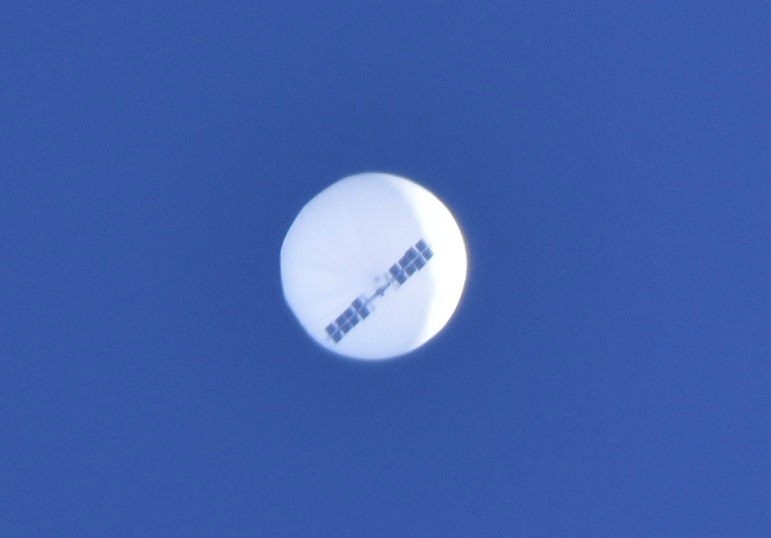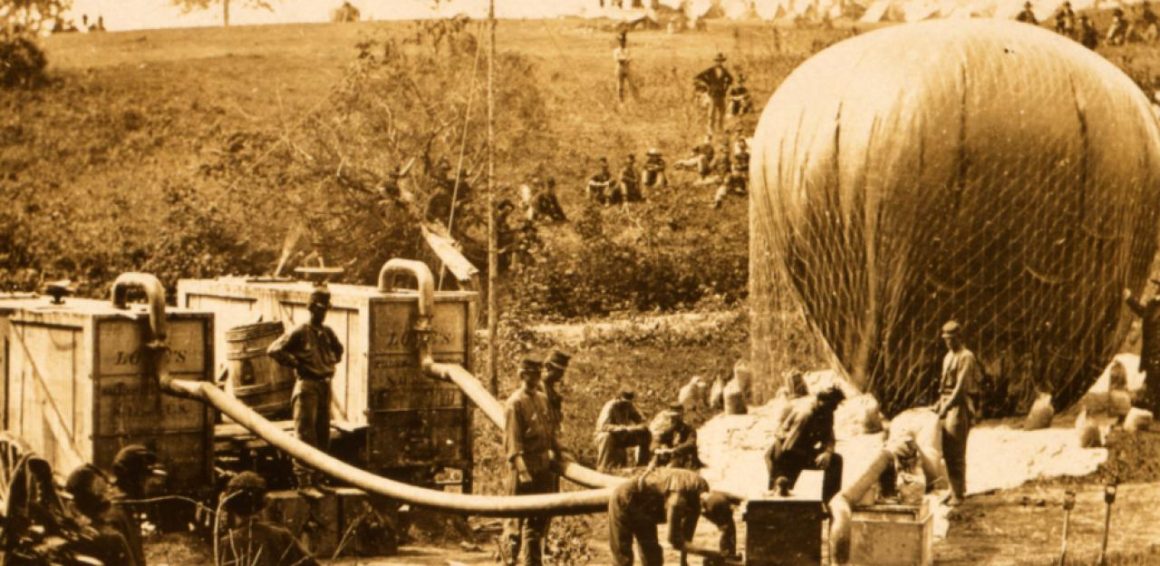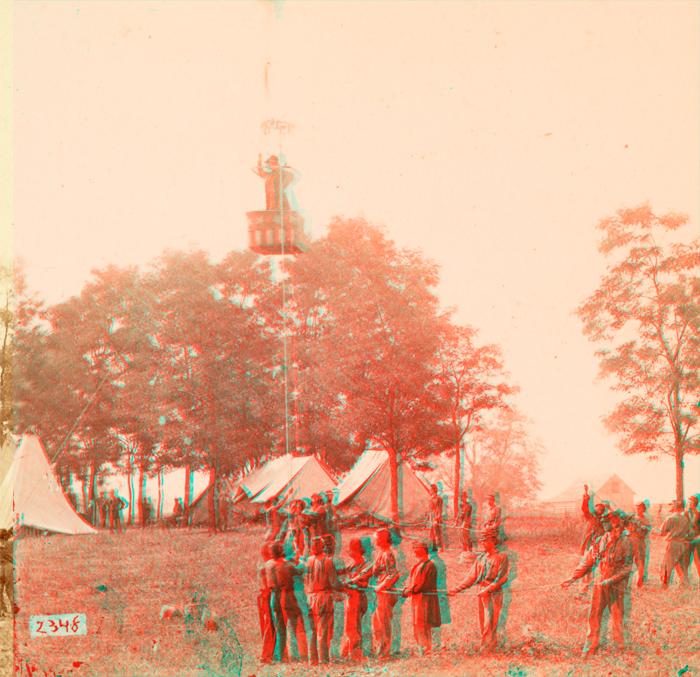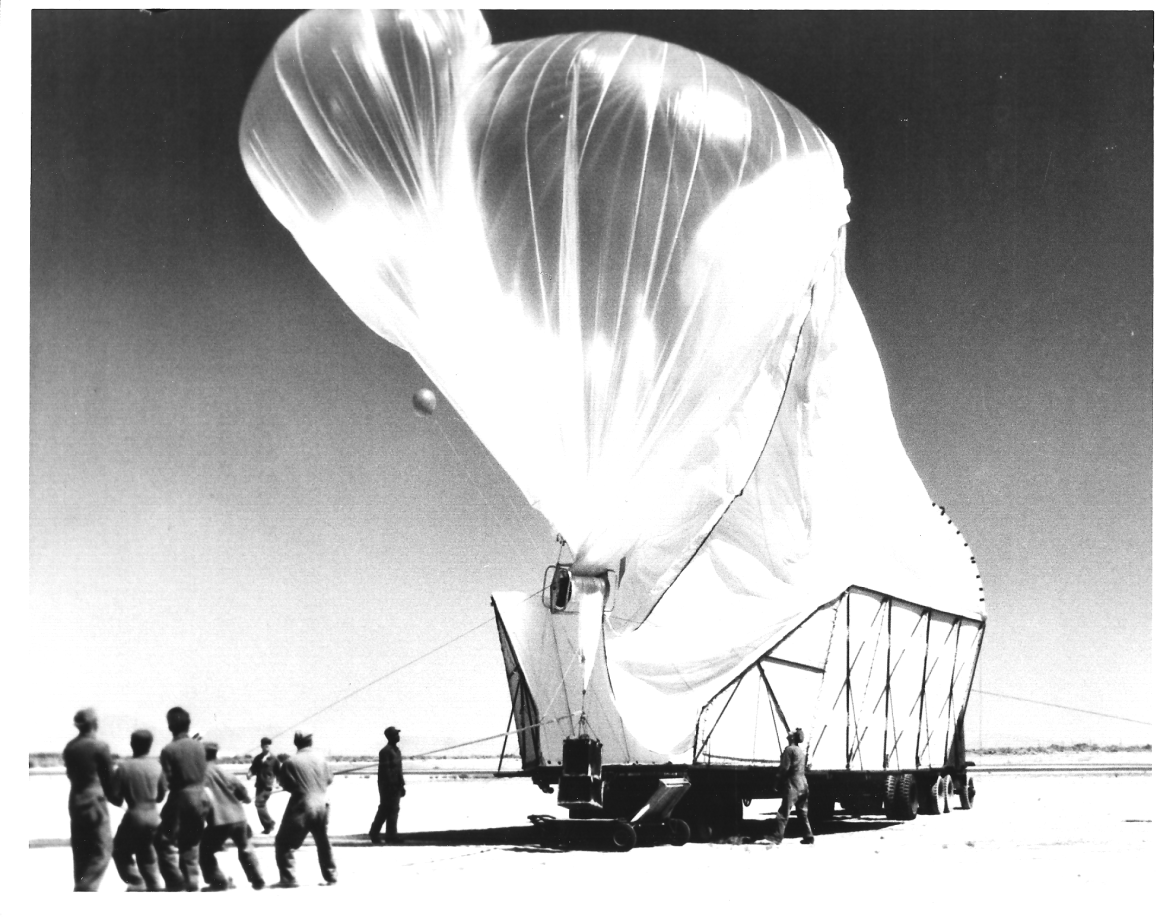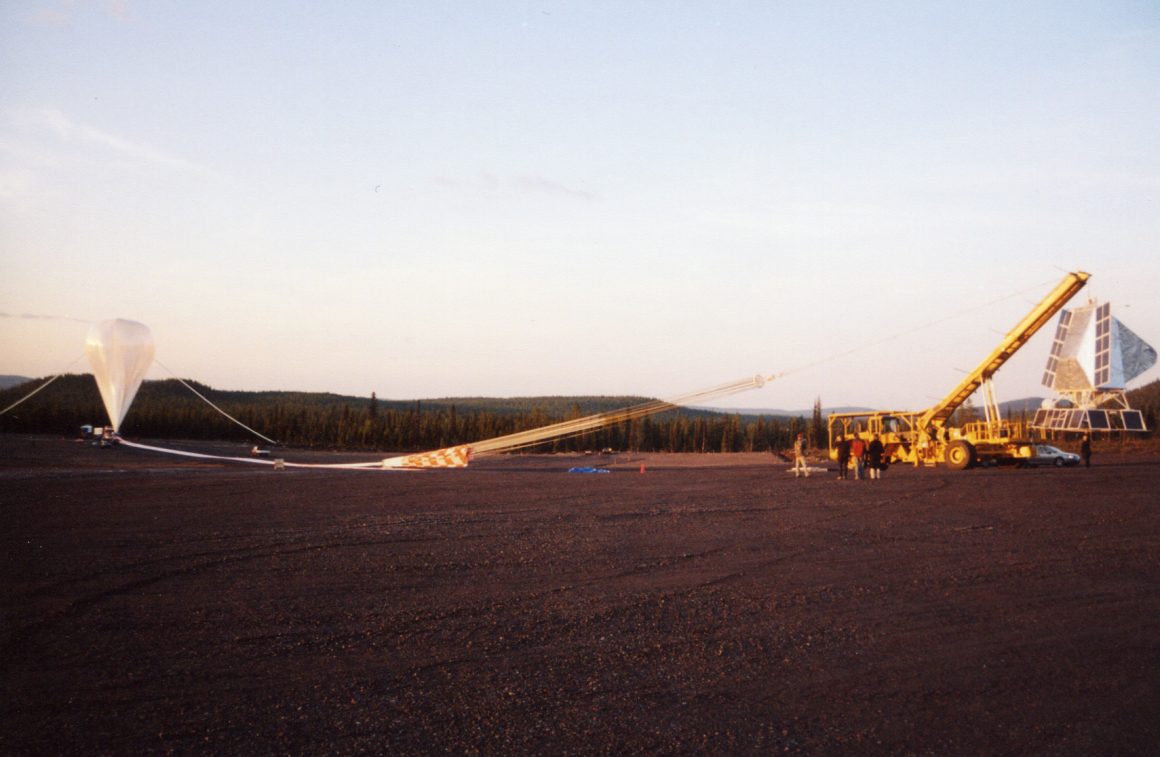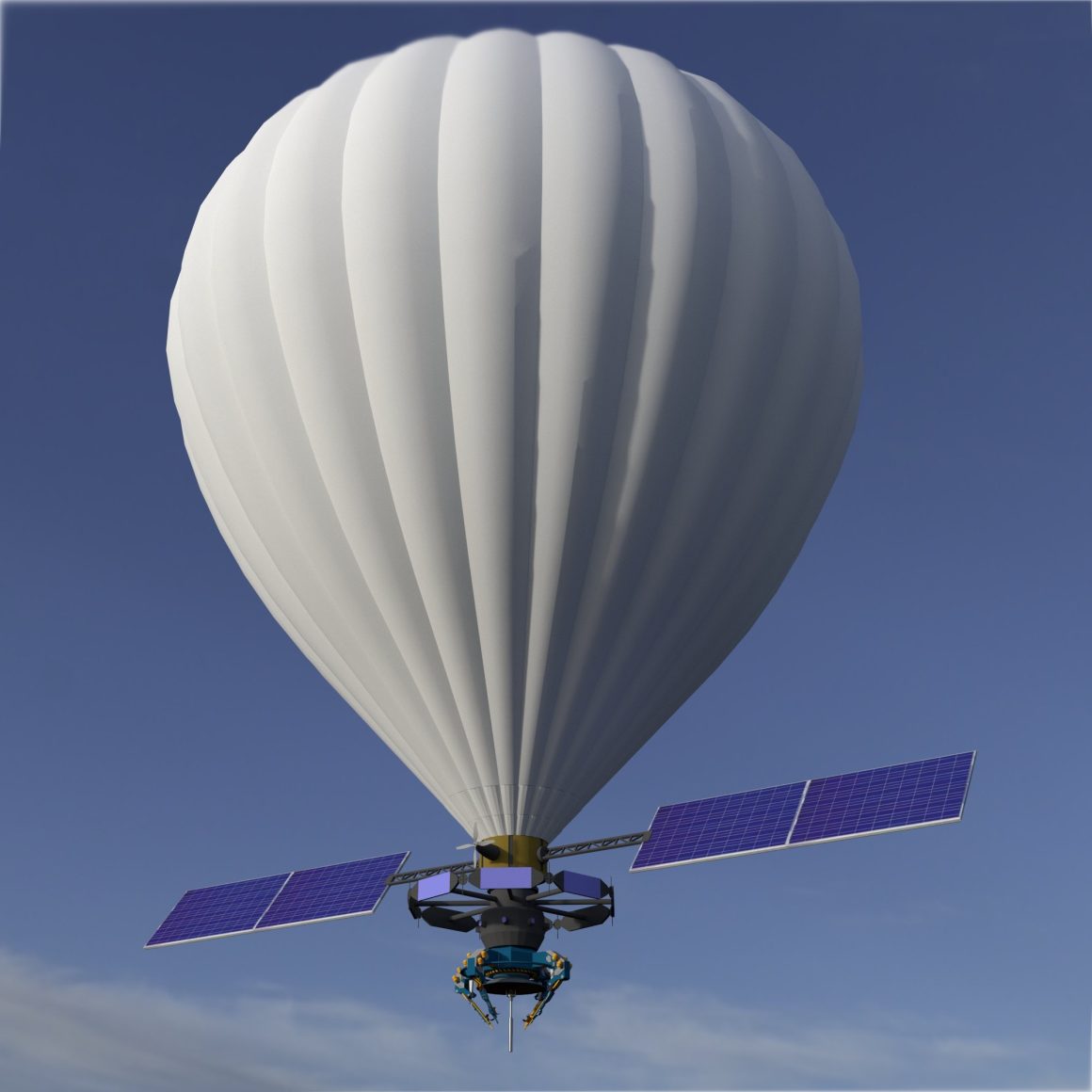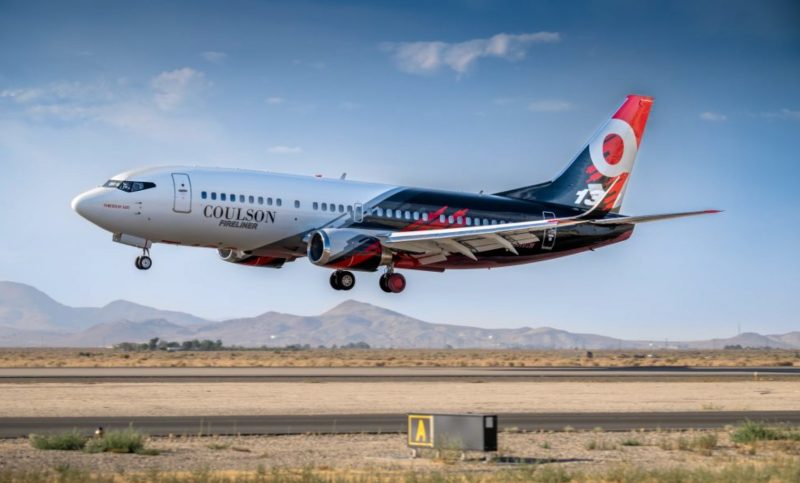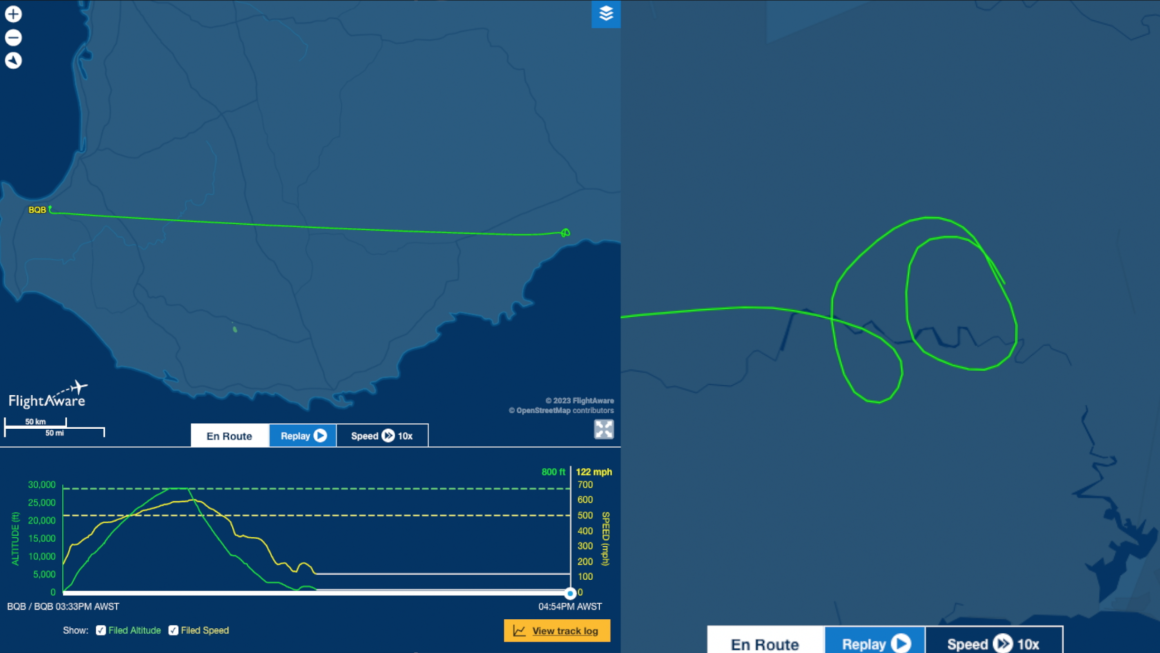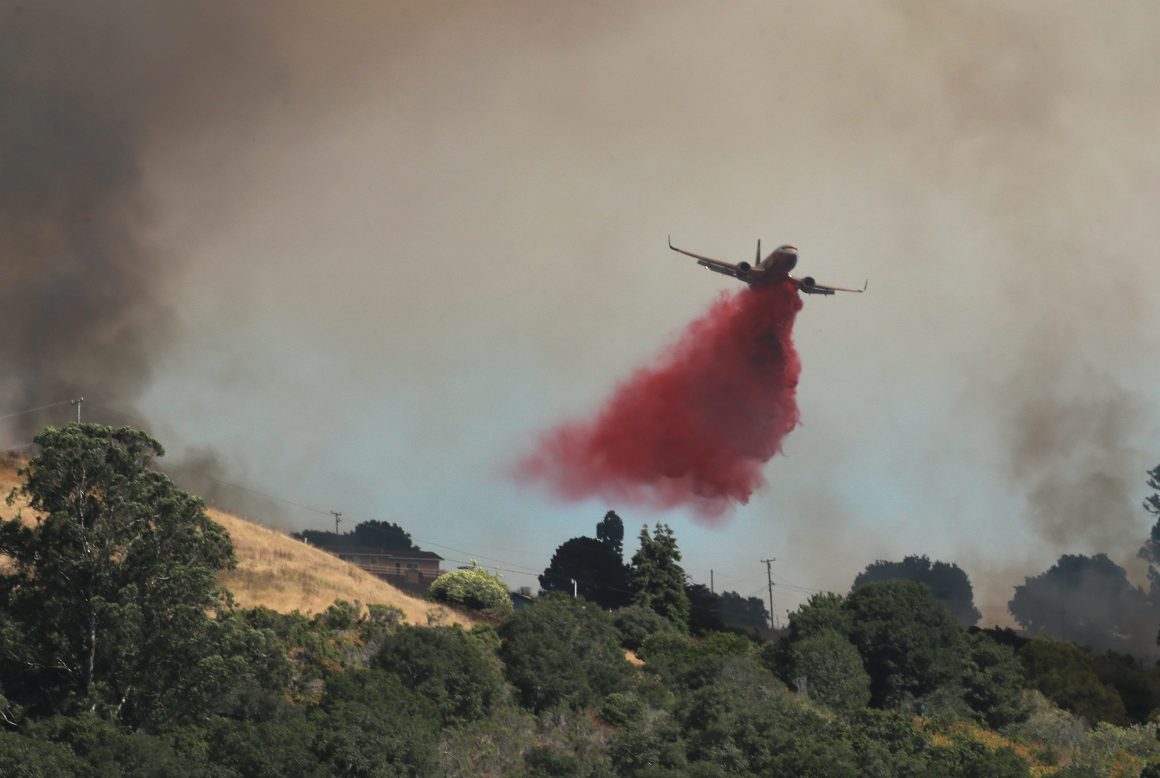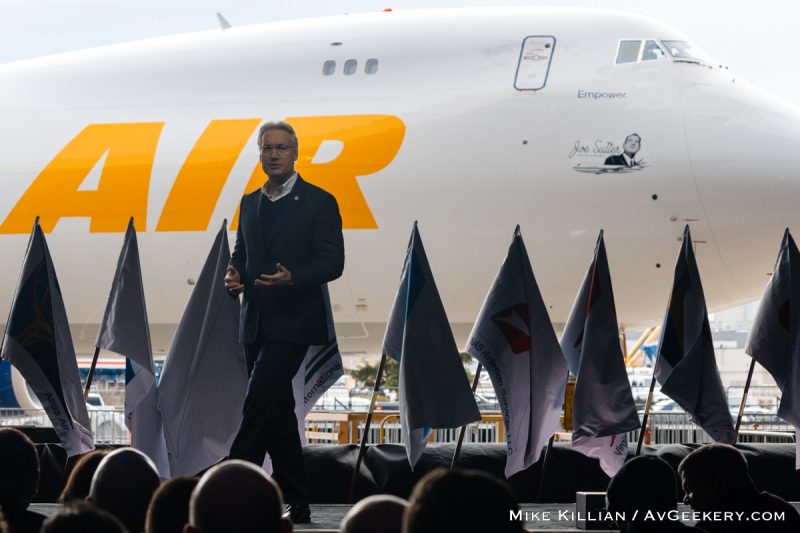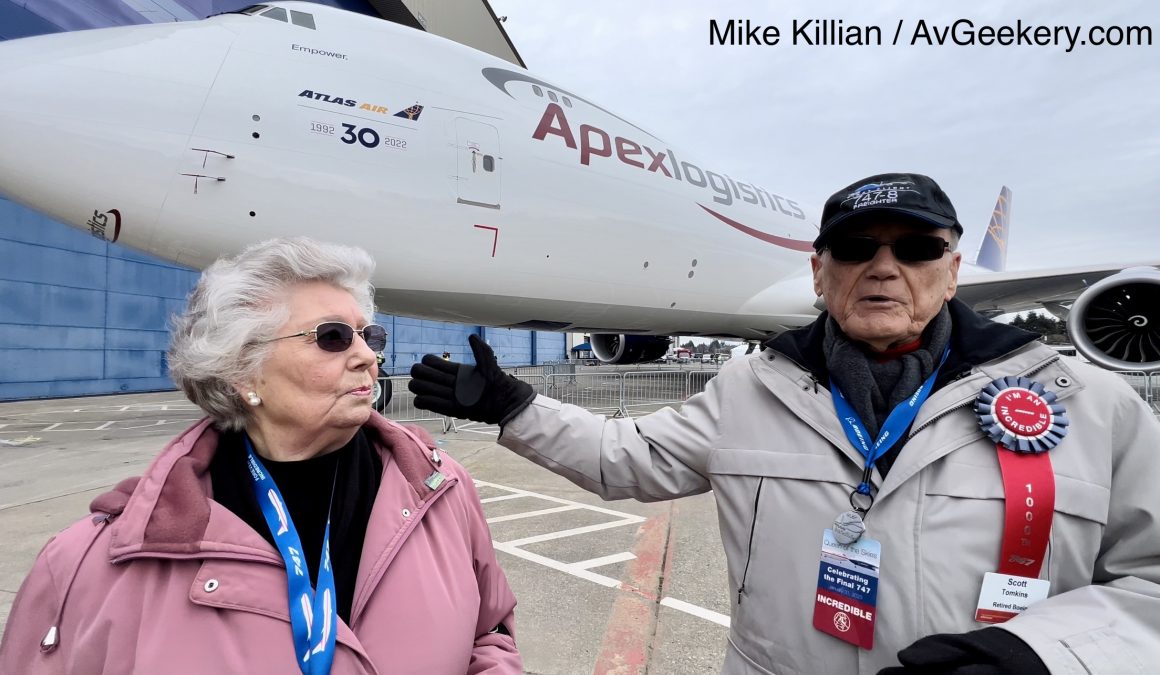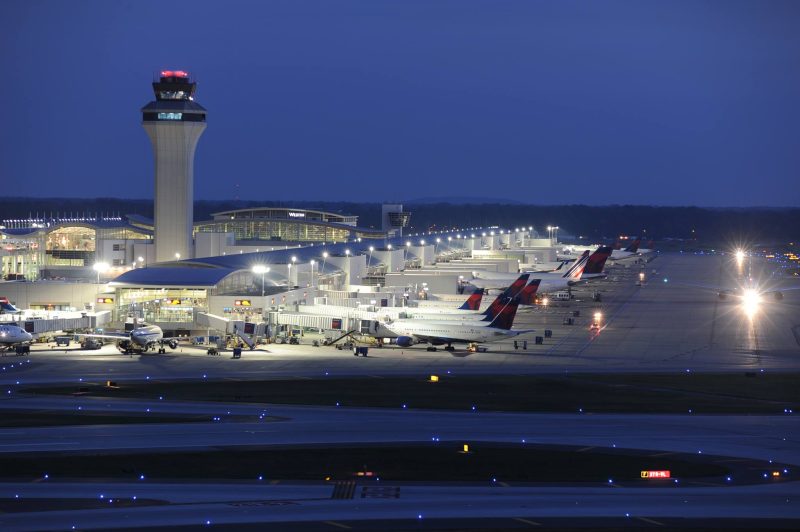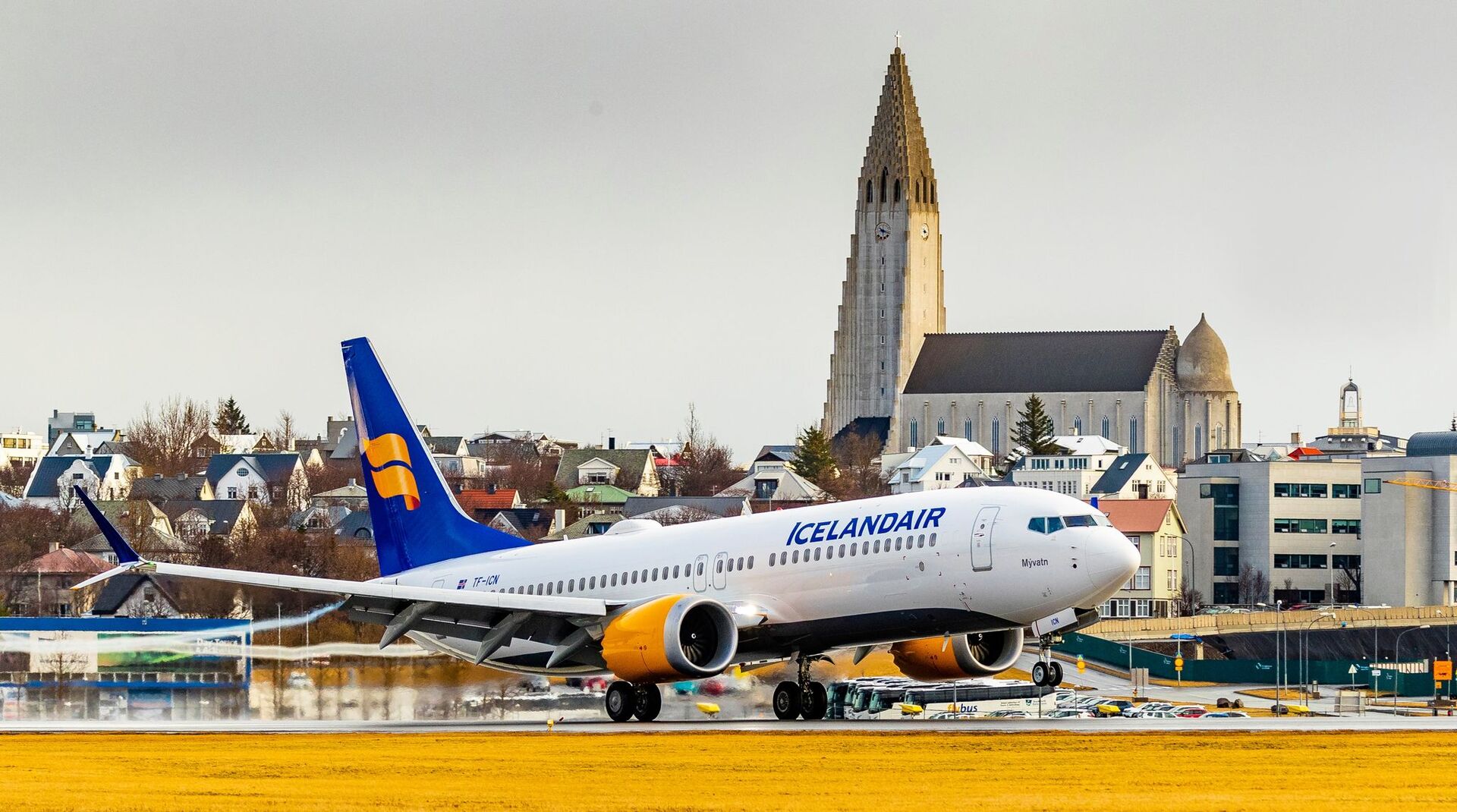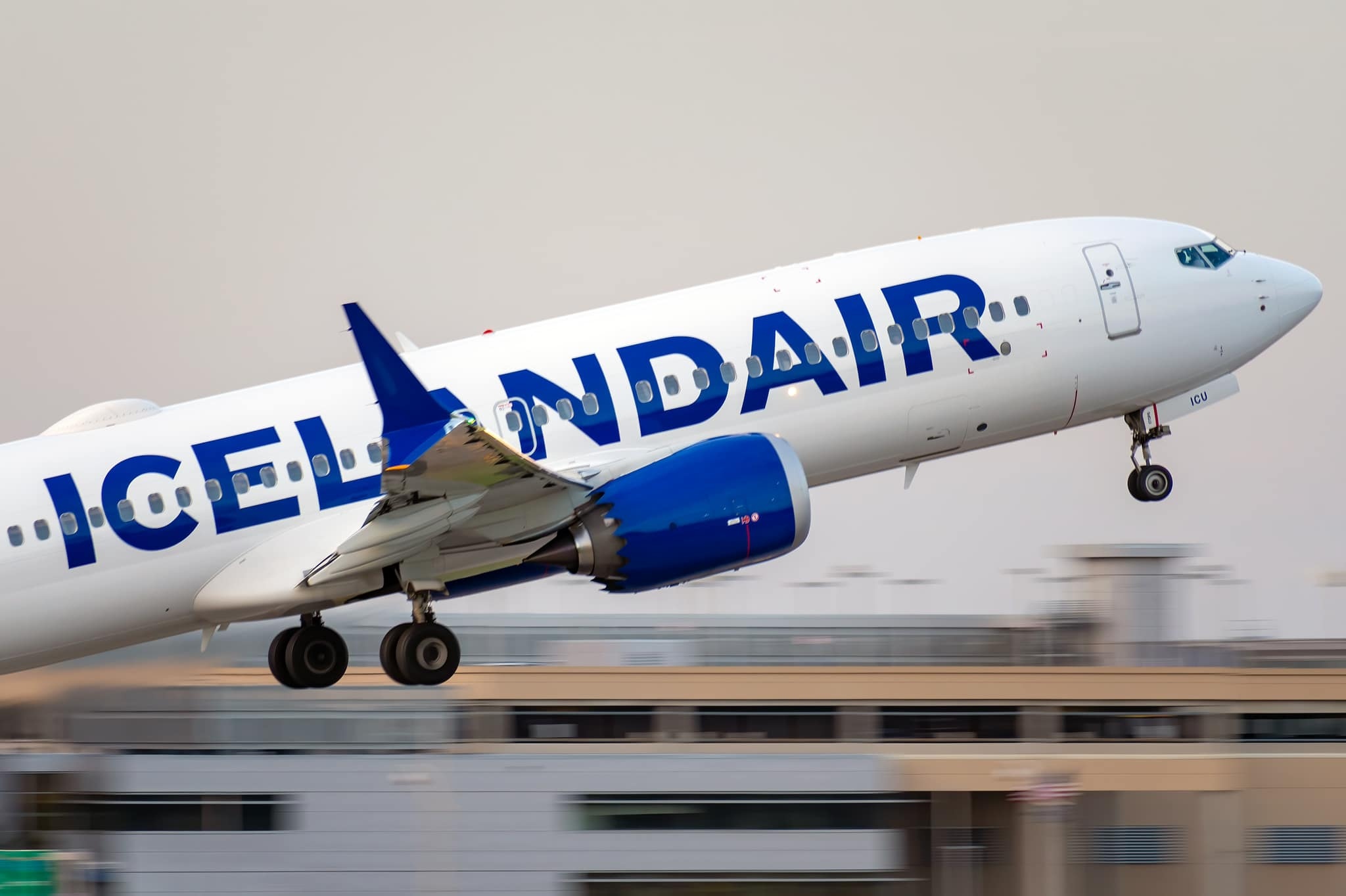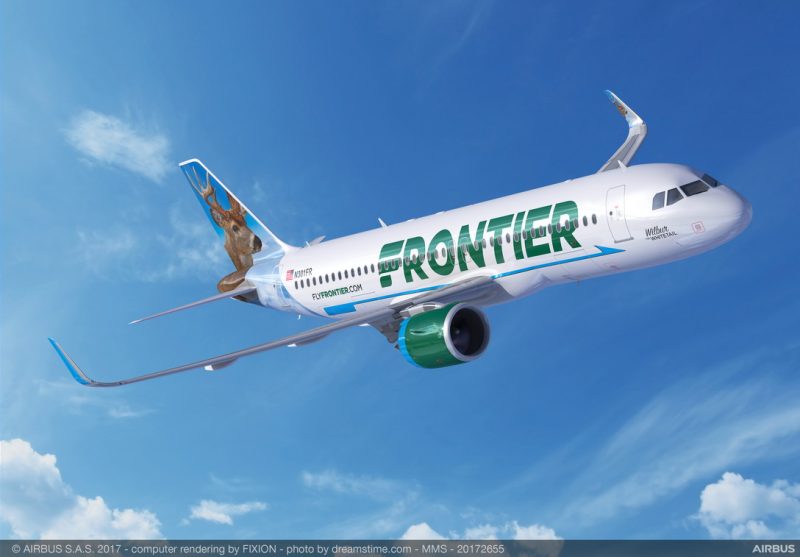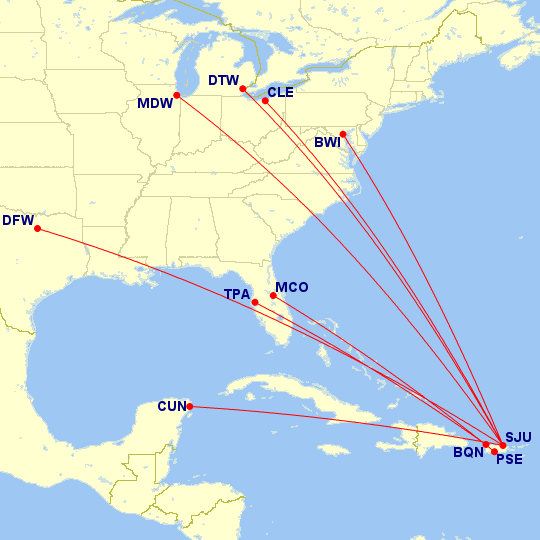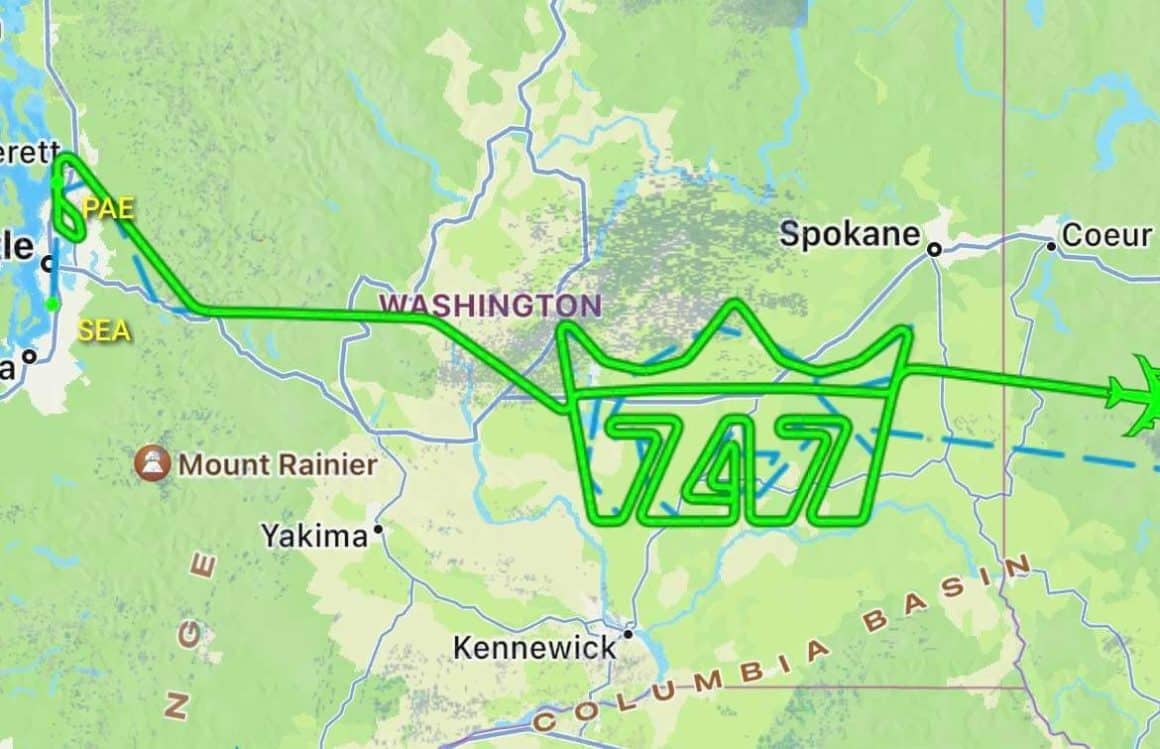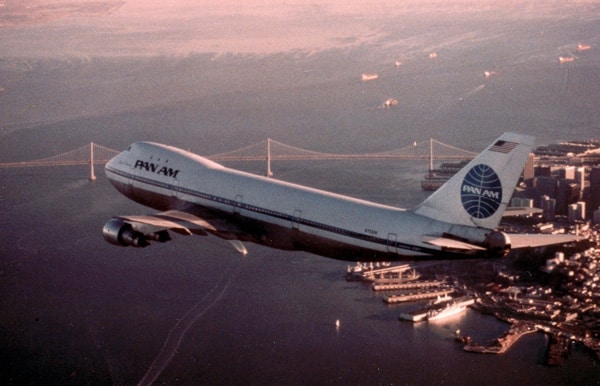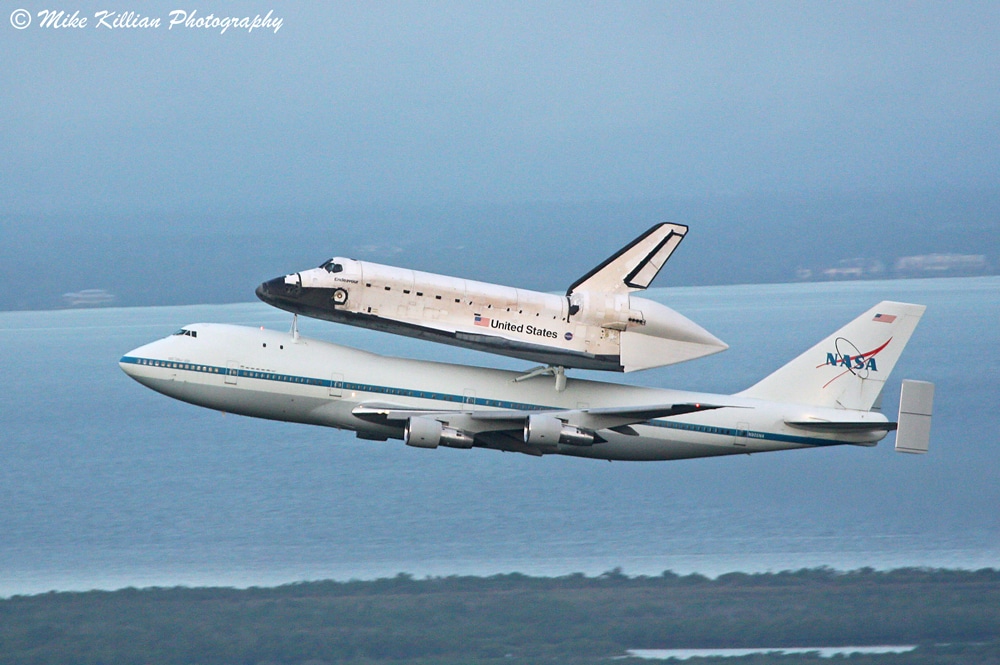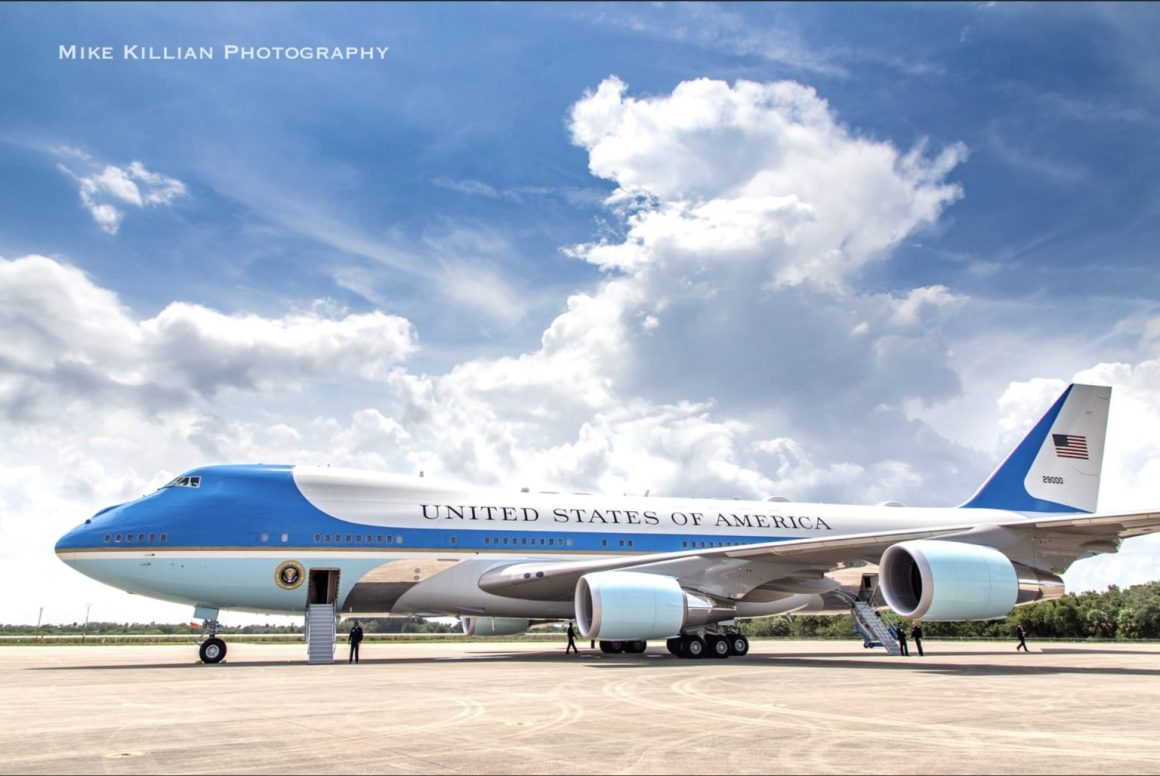Mitsubishi Heavy Industries (MHI) has pulled the plug on its SpaceJet regional jet program.
The decision came after years of development, multiple delays, and the impact of the COVID-19 pandemic on the aviation industry. With the end of the SpaceJet program, the future of the regional jet industry looks highly uncertain, especially in the United States.
The Rise and Fall of the MRJ Program

In 2008, Japanese manufacturer MHI unveiled the Mitsubishi Regional Jet (MRJ) program to develop a more fuel-efficient and technologically advanced regional jet to compete with regional jet juggernauts Embraer and Bombardier.
MHI developed two variants of the MRJ: the 90-seat MRJ90 and the 70-seat MRJ70. The type underwent flight testing mainly at Washington state’s Grant County International Airport (MWH). However, the development of the MRJ was fraught with delays and setbacks. After its initial rollout in 2014 and maiden flight in November 2015, the company paused the program to address issues with the aircraft’s design and development.
The Dawn of the SpaceJet

MHI resumed work on the program in 2019 under the new name SpaceJet. The MRJ90 became the SpaceJet M90, while the company ended development of the MRJ70 in favor of a new 76-seat variant called the SpaceJet M100, designed to meet unique pilot scope clauses in the United States, which caps regional aircraft at 76 pax and 86,000 lbs.
Mitsubishi also announced plans to purchase the CRJ program from Bombardier in the same year. The company was targeting a mid-2020 delivery date for the first SpaceJet (seven years later than initially planned). The launch customer was Japan’s All Nippon Airways (ANA). The onset of the COVID-19 pandemic caused further delays, and work halted on the program again in October 2020, prompting all flight testing in the United States to relocate back to Japan.
Despite remaining hopeful about restarting the program post-COVID, Mitsubishi ultimately decided to discontinue the SpaceJet program due to disappointing financial results in 2022 and uncertainty in the aviation market. At one point, the company had received 450 orders for the SpaceJet.
A $7.6B Project to Nowhere
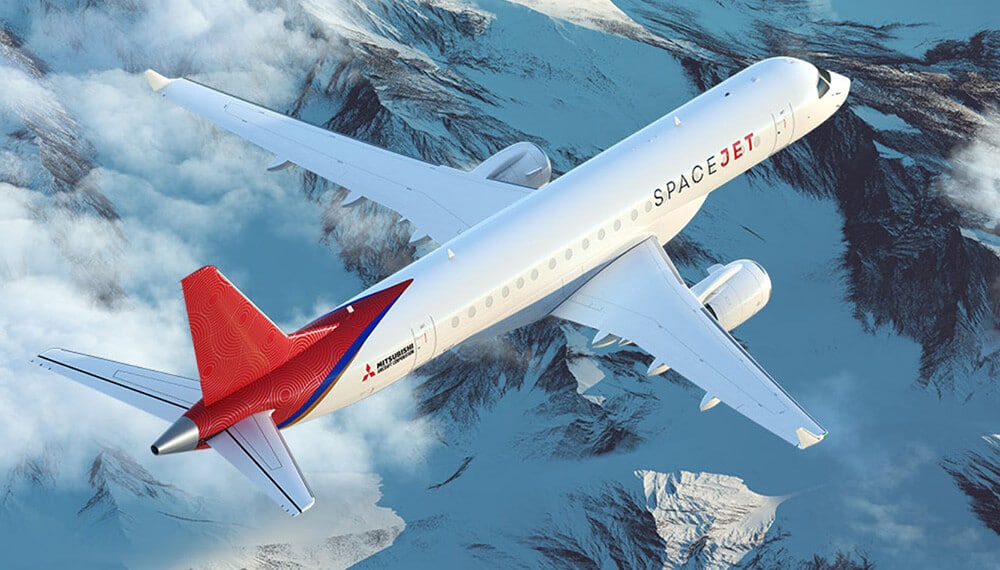
As a result, MHI, the parent company of Mitsubishi Aircraft Corporation (MAC), decided to cut its losses and end the program altogether.
CEO of Mitsubishi Heavy Industries, Seiji Izumisawa, expressed his disappointment at a news conference announcing the project’s demise on 7 February.
“Many people had high hopes and supported the project, so it is very unfortunate that we came to the decision to end it,” Izumisawa said. “We didn’t have enough resources to continue the development over the long term as a private-firm project.”
Indeed, it was an expensive venture. The company reportedly spent $7.6 billion on the public-private project over 15 years.
Where Does the Regional Jet Industry Go From Here?

With the demise of the SpaceJet program, the failure of Bombardier, an unsuccessful merger attempt between Boeing and Embraer, and no other viable alternatives on the horizon, where does that leave the future of the regional jet industry?
First, one must determine what constitutes a “regional” jet. Typically, regional jets set between 50-100 passengers. However, the cap at 76 pax and 86,000 lbs in the United States severely limits options.
This article will consider the Embraer E2 as the only viable alternative. One could also consider the Airbus A220 as a quasi-regional jet, although it seats more than 100, making it unusable by regional carriers in the US. And while regional jet programs are under development in China and Russia, they will most likely never see the light of day in North American or European airspace, especially amid ongoing geopolitical turmoil.
The A220 was part of Bombardier’s CSeries program, which Airbus later acquired. The E2 is the latest iteration of Embraer’s E-Jet series. Both aircraft have been well-received by customers and are among the most fuel-efficient and technologically advanced regional jets on the market.
Comparing the Airbus A220 and the Embraer E2

The Airbus A220 has two variants: the A220-100 and the A220-300. The A220-100 can carry up to 135 passengers, while the A220-300 can carry up to 160. The aircraft features advanced aerodynamics, a state-of-the-art avionics system, and Pratt & Whitney geared turbofan engines, which reduce fuel consumption and noise. The A220 also has a range of roughly 4,000 miles, making it suitable for both short-haul and medium-haul routes.

The Embraer E2 is available in three variants: the E175-E2, the E190-E2, and the E195-E2. The E175-E2 can carry up to 90 passengers, while the E190-E2 and the E195-E2 can carry up to 114 and 146 passengers, respectively. The E2 features advanced aerodynamics, an all-new avionics suite, and Pratt & Whitney PurePower PW1000G engines. The E2 has a range of up to 3,000 miles.
Both the A220 and the E2 have been well-received by airlines and customers. Several major airlines operate the A220, including Delta Air Lines, Air France, and JetBlue. The E2 is also in service with several major airlines, including Porter Airlines, Azul Brazilian Airlines, and KLM Cityhopper. Both aircraft are among today’s most fuel-efficient and environmentally friendly regional jets. Environmental concerns are becoming an increasingly important factor for airlines as they look to reduce their carbon footprint and comply with emissions regulations.
So Where Does this Leave the US?

Although regional jets are still a common site at American airports, they are showing their age. And they certainly have lost their customer appeal. Early models are now more than 30 years old, and there is nothing to replace them with besides the first-generation Embraer 175.
The end of the regional jet does not bode well for scores of small airports across the country that rely on them to connect their cities to the global travel network.
Will we see carriers turn to turboprops once again? Will this create opportunities for carriers like Southern Airways Express or Silver Airways? Or will more cities see a resumption of mainline service as more A220s come online?
One thing is sure: with restrictions due to pilot scope clauses, the US is unlikely to see its carriers turn to the E2.
The SpaceJet’s Demise is a Reminder that Developing New Aircraft is Not Without Risk
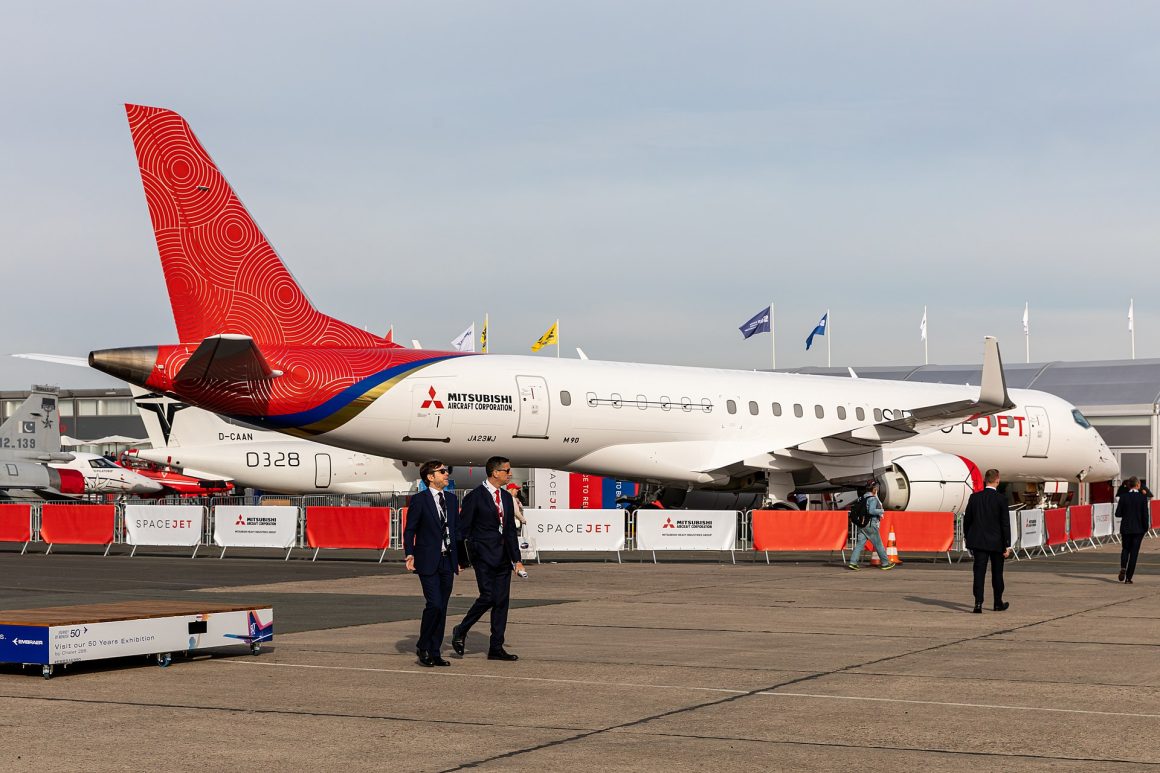
The end of the SpaceJet program is a significant blow for MHI and the Japanese aviation industry. The development of the SpaceJet was a significant initiative for Japan, and the government invested heavily in the program. The SpaceJet was seen as a way for Japan to enter the regional jet market and compete with other major aircraft manufacturers. However, the program’s failure has raised questions about Japan’s ability to compete in the global aviation market.
The SpaceJet’s demise also highlights the challenges of developing new aircraft. Aircraft development is a long and expensive process with many uncertainties and risks. Even major aircraft manufacturers like Boeing and Airbus have faced significant setbacks in developing new aircraft, such as the Boeing 737 MAX and the Airbus A380.
The failure of the SpaceJet program is a reminder that even well-funded and technologically advanced programs can fail.

